List of what to buy and what not to buy
Thrift shops can be homes for a bunch of treasures, hidden gems and great deals, but not everything on those shelves is a steal. Before diving into the second-hand world, you need a reality check, an honest list of what to buy and what not to buy. From dodgy electronics to kitchen gadgets, here are the biggest no-goes that will save you time and money. This list will definitely save you from some ‘’What was I thinking?’’ moments. Trust us, these 28 items should never enter your house if they’re coming from a thrift shop!

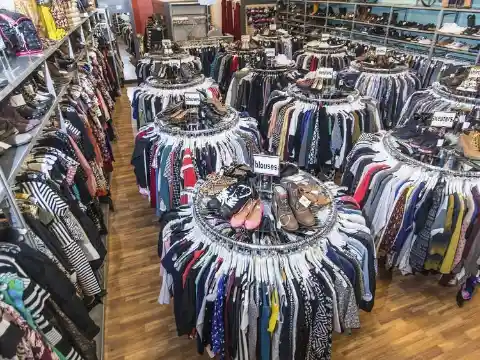
Cutting Boards Are A No
Exercise caution when considering a pre-owned cutting board. These kitchen essentials often harbor hidden dangers. The numerous scratches, grooves, and knife marks that accumulate over time create ideal breeding grounds for bacteria and stubborn stains. Despite rigorous cleaning efforts, including the use of strong disinfectants, it’s nearly impossible to ensure complete sanitization.
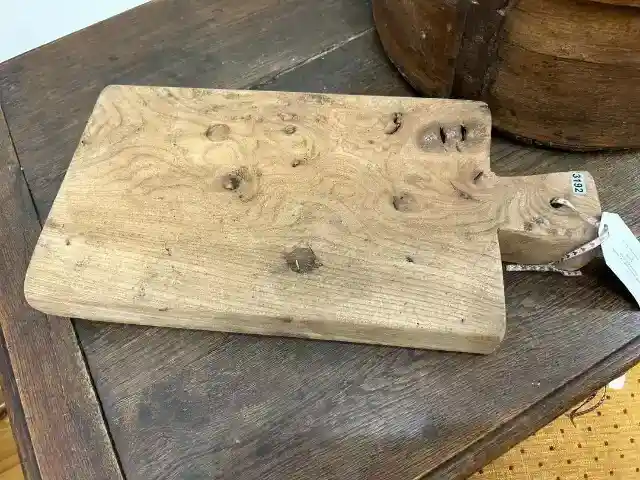

While cutting boards are certainly a concern, they’re not the only kitchen items that warrant scrutiny when shopping secondhand. As we delve deeper into our list, you’ll discover an even more problematic kitchen purchase that tops our “avoid” list. Stay tuned to learn which common kitchen tool poses the greatest risk when bought used.
Helmets: Big Red Flag
When encountering what seems like a bargain on a used helmet, resist the urge to purchase and instead walk away. Helmets are crucial safety equipment that should never be compromised for cost savings. While they may appear undamaged externally, their protective integrity could be severely compromised without any visible signs.

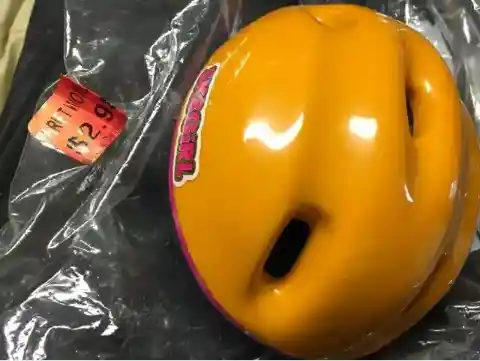
Relying on a secondhand helmet is akin to gambling with your well-being. It’s important to remember that safety gear has expiration dates, and even if a helmet hasn’t expired, older models may not meet current safety standards. The risks far outweigh any potential savings.
As concerning as used helmets are, our next item presents an even greater danger when purchased secondhand. Continue reading to discover this surprisingly hazardous thrift store find.
You’d Better Sleep On The Floor Than A Second-Hand Mattress
Purchasing a secondhand mattress is highly inadvisable. These seemingly innocuous sleep surfaces often harbor a multitude of unseen threats. There’s a significant risk of infestation by bedbugs, dust mites, and various other undesirable organisms that are difficult, if not impossible, to eradicate completely.
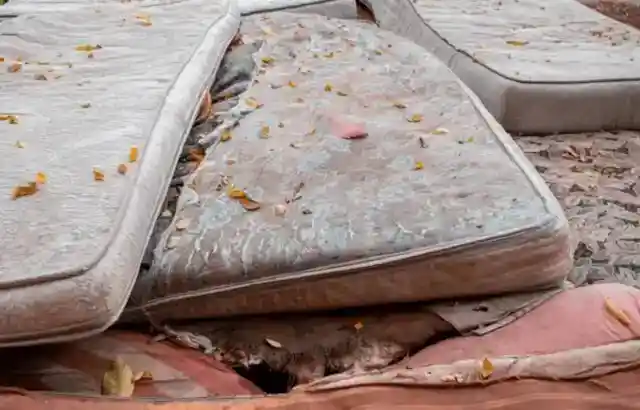
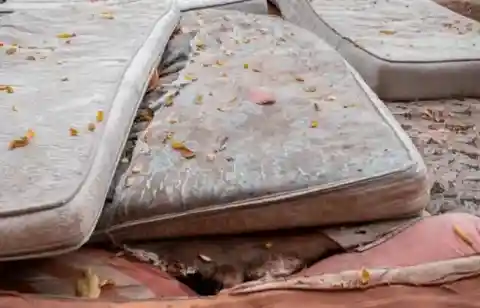
Moreover, the origin and nature of any visible stains on used mattresses remain a mystery – and likely an unpleasant one. The thought of resting on such a surface is understandably unappealing. While the risks associated with used mattresses are considerable, they pale in comparison to our top item to avoid in thrift stores.
Prepare yourself for a revelation – the most problematic secondhand purchase is yet to come, and it may well surprise you.
Under(Don’t)wear
Undergarments are inherently personal items that shouldn’t be considered for secondhand purchase. These intimate apparel pieces are designed for individual use and don’t lend themselves well to reuse by others.
Beyond the hygiene concerns, there’s also the matter of wear and tear. The elastic components in underwear inevitably degrade over time, leading to a loss of shape and support. Investing in pre-worn undergarments often means settling for ill-fitting, saggy items that won’t serve their intended purpose effectively.
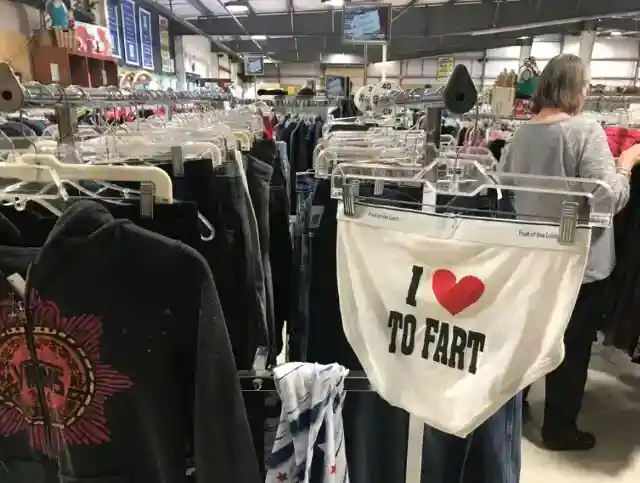
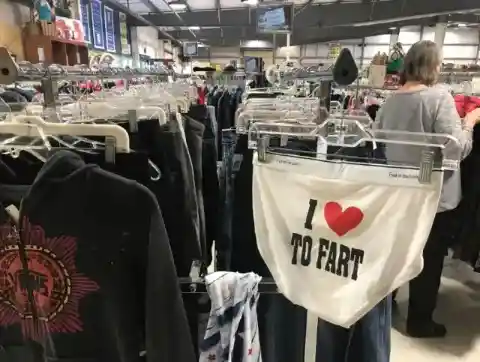
While used undergarments are certainly problematic, they’re not the most concerning items you might encounter in a thrift store. Continue reading to uncover even more significant red flags in the world of secondhand shopping. The next item on our list may genuinely surprise you with its level of risk.
Skip Them Weird Shoes
When it comes to footwear at thrift stores, it’s best to exercise caution. Unless you stumble upon a pair that’s genuinely unworn, it’s advisable to bypass the shoe section entirely. While pre-owned shoes might catch your eye with their vintage appeal or seemingly good condition, they often conceal a host of potential issues.
These shoes have likely walked miles in someone else’s footsteps, potentially harboring foot fungus or other hygiene concerns. Moreover, older shoes may lack the comfort and support of modern footwear, leading to potential discomfort or even foot problems.
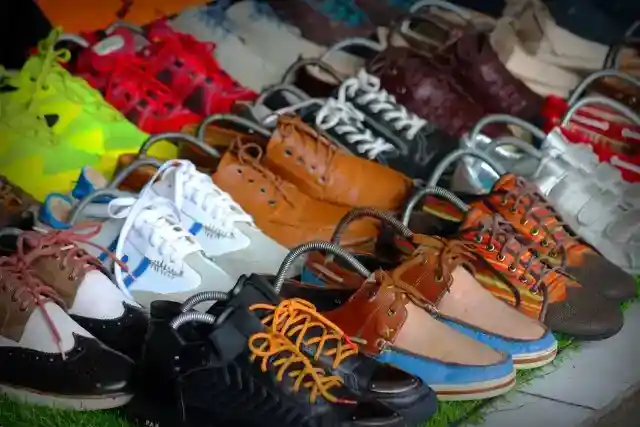
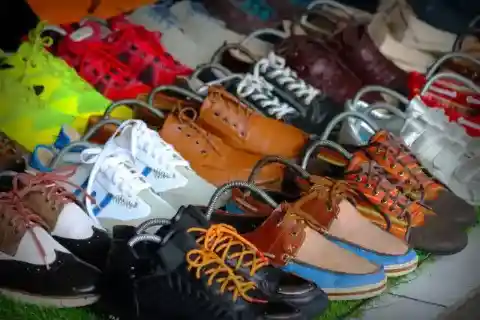
However, problematic as secondhand shoes can be, they’re just the tip of the iceberg when it comes to thrift store pitfalls. As we continue our list, you’ll discover even more surprising items to avoid. Pay close attention to item number seven – it’s particularly eye-opening!
Thrift store electronics: pass
Exercise caution when considering electronics at thrift stores. While that vintage blender might exude retro charm, it could be one use away from becoming a potential hazard. Purchasing secondhand electronic devices often means inheriting hidden defects, obsolete components, and potentially unsafe wiring.
Investing in these items may seem like a bargain, but you risk bringing home more than just an appliance – you could be introducing a fire hazard into your living space. Is the potential danger worth the initial savings?
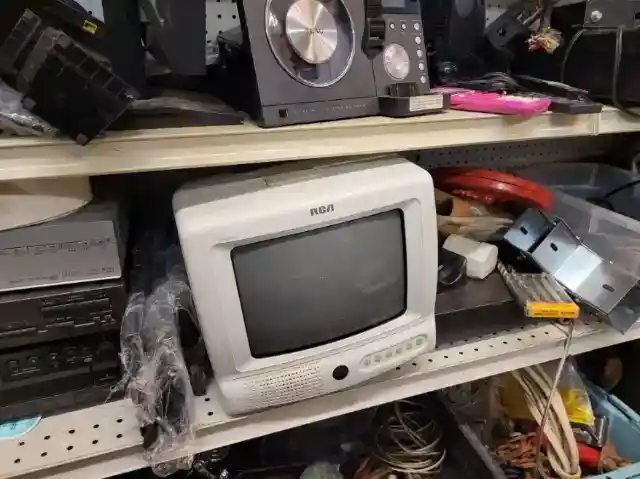
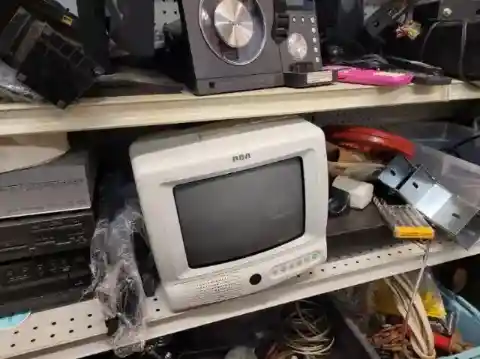
As we delve deeper into our guide, you’ll uncover more surprising pitfalls to avoid when thrift shopping. Our next item on the list is particularly unexpected – prepare to be amazed by what some people unknowingly bring home from secondhand stores.
Car Seats
Acquiring a car seat from a trusted friend or family member, provided it’s not expired, may be acceptable. However, purchasing a secondhand car seat from unknown sources is strongly discouraged. The concern isn’t just about obvious damage; it’s the hidden weaknesses that pose the real danger.
Over time, car seats develop minor stress fractures and flaws in their plastic components. While these may seem insignificant, they can lead to catastrophic failure during a collision. Used seats invariably accumulate more of these invisible defects, even if they’ve never been involved in a serious accident.
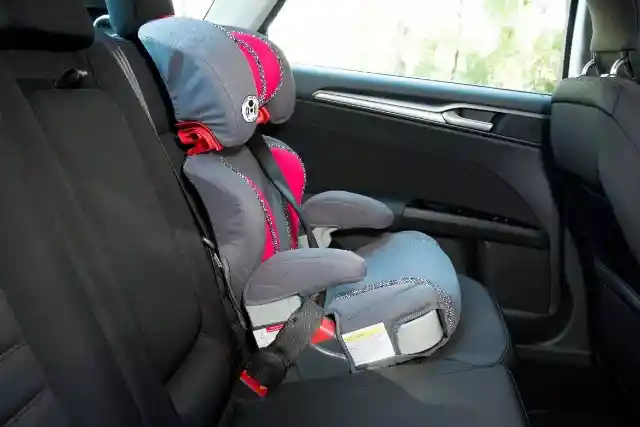
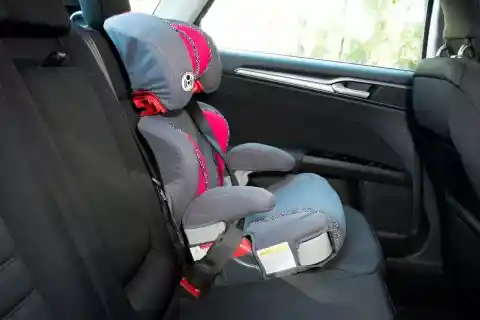
The risks associated with a pre-owned car seat far outweigh any potential cost savings. As we continue our list, you’ll find that the next item presents similar safety concerns. Stay tuned to learn about another secondhand purchase that could put you in harm’s way.
Make-Up
Purchasing pre-owned cosmetics is a practice best avoided. The origins and storage conditions of secondhand makeup are often unknown, raising serious hygiene concerns. There’s no reliable way to determine if these products have been properly sanitized, potentially exposing you to various skin irritations or even eye infections.
Your skin is deserving of better care than the risks associated with used cosmetics. Prioritizing your health and well-being should outweigh any perceived savings from buying pre-owned makeup.
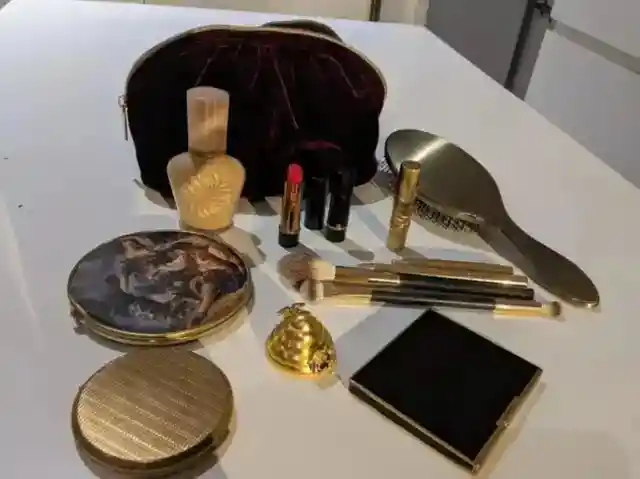

As we continue our exploration of thrift store pitfalls, our next item may come as a surprise. It’s an object many of us interact with daily, yet its presence in secondhand shops poses unexpected risks. Read on to discover this commonplace item that you should think twice about purchasing used.
Swimsuits
Thrift store swimsuits? Hard pass. Imagine all the pool chemicals, sweat, and sand trapped in those fabrics. Do you really want to wear someone else’s beach days—and their potential skin problems? Treat yourself to a brand-new, clean swimsuit and gear up for your own adventures. Speaking of surprises, the next thrift store find will totally shock you—keep reading to discover it!
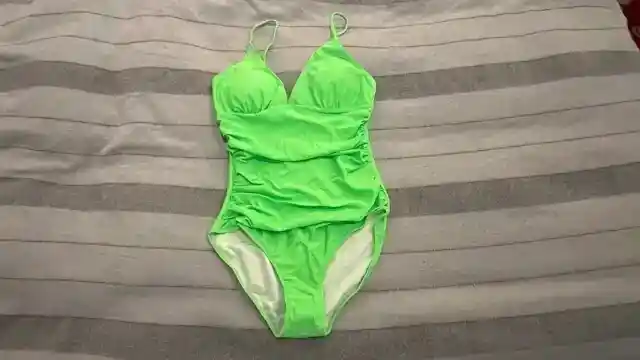
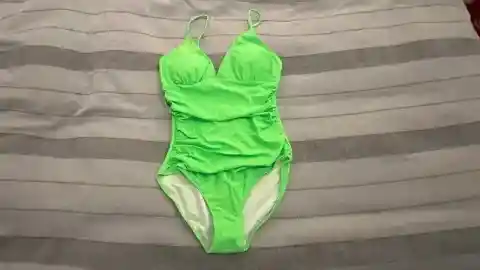
Stuffed Animals
Vintage stuffed animals may look cute, but they’re a haven for dust mites and allergens. Even if they seem clean, dirt can lurk deep in the fibers. They’re not the safe, hygienic cuddle buddies your kids deserve. Opt for fresh, clean plushies instead. Think that’s surprising? The next thrift store no-no will shock you even more!
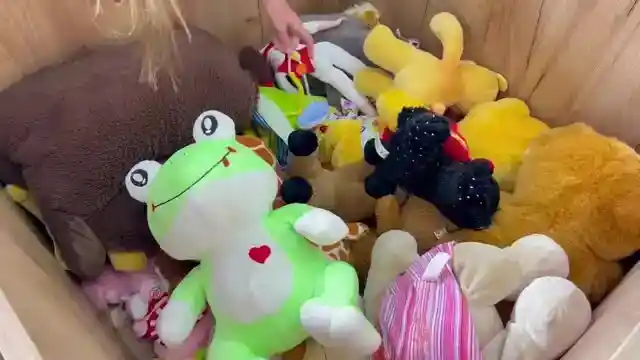
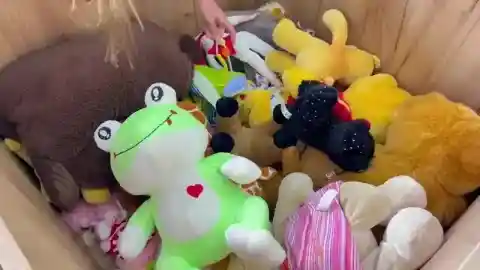
Vacuum Cleaners
Thrift store vacuum cleaners? No thanks. You have no idea what the previous owner was cleaning up—or what condition their home was in. These old machines often come with clogged filters, weak suction, and strange odors. A vacuum should make your home cleaner, not spread someone else’s mess. Invest in a new vacuum that actually works. And if you think that’s bad, wait until you see the next thrift store nightmare! Keep reading!
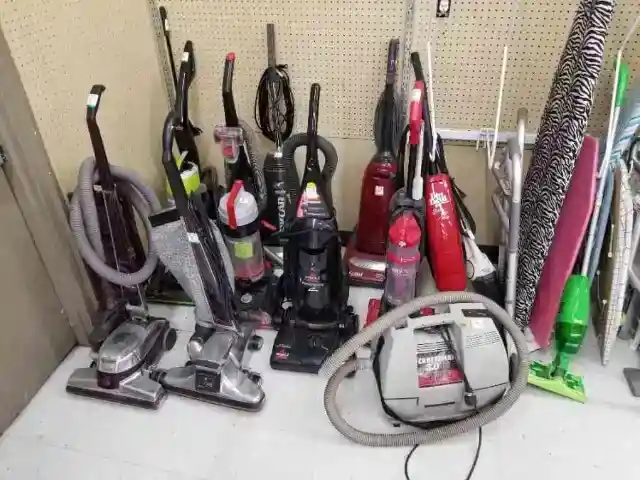
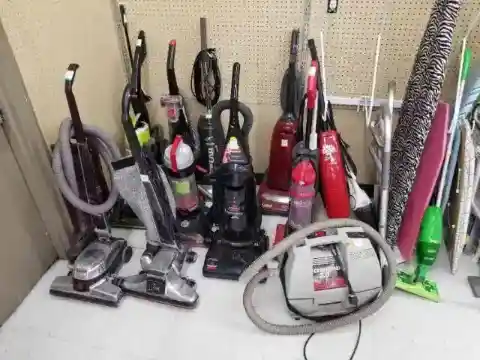
Puzzles
Imagine spending hours making a puzzle only to find out that the last piece is missing. Vintage puzzles might seem like treasures, but it’s just way too much of a risk. Plus, who knows what sticky fingers have touched those pieces?
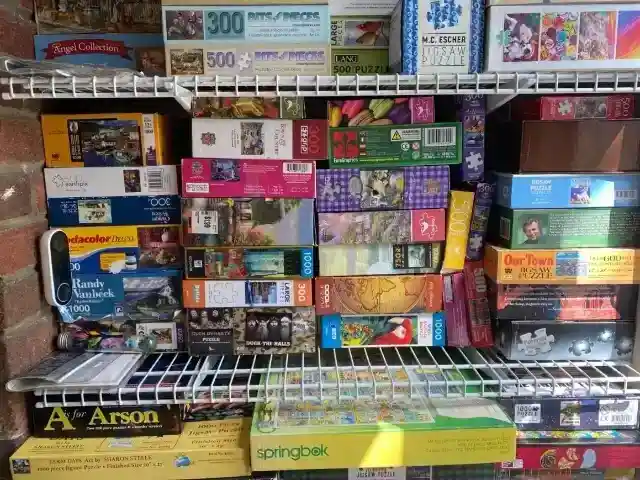
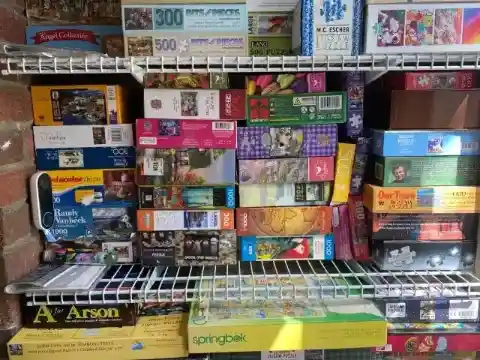
Imagine spending hours making a puzzle only to find out that the last piece is missing. Vintage puzzles might seem like treasures, but it’s just way too much of a risk. Plus, who knows what sticky fingers have touched those pieces?
Pillows
Some thrift store finds just aren’t worth it, especially pillows. Bedbugs can hide in the smallest seams, so those secondhand pillows might be carrying more than you’d expect. Spare yourself the itching and invest in new ones. And the next thrift store red flag? You won’t believe it everyone thinks it’s a steal, but it’s actually a trap!
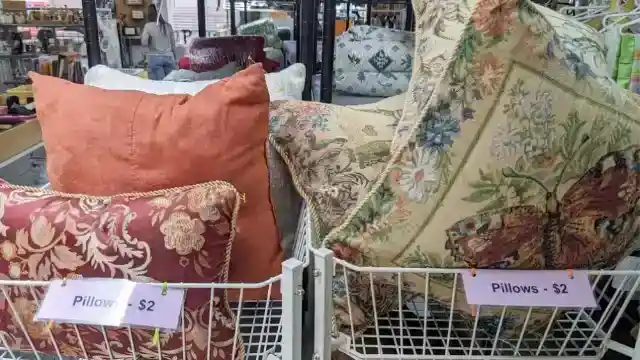
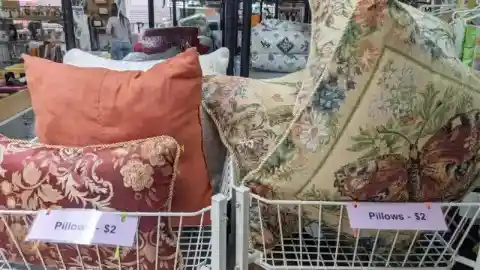
Antique Crystal
While thrifting can be a great way to score inexpensive treasures, antique crystal is a risky bet. Sure, it may gleam with history, but it could also come with hidden lead and cracks you won’t notice in the store. No matter how delicate they appear, these pieces often have unknown origins and may have been poorly cared for, making them unsafe.
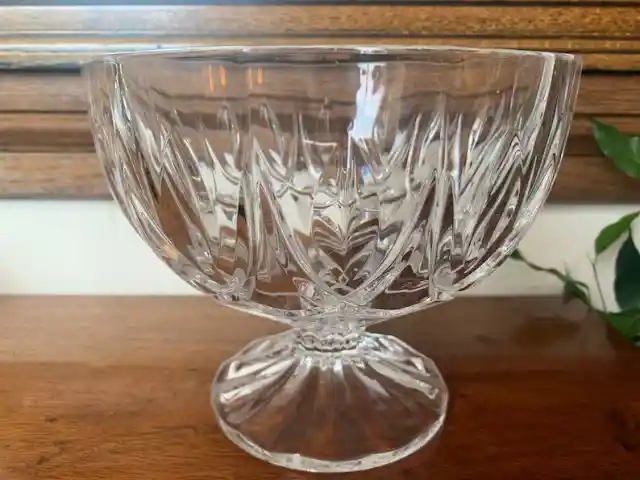

Though they look pretty, the risks far outweigh the rewards. Opt for new crystal that’s safe, durable, and just as stunning. And wait until you see what’s next—you won’t believe it!
Baby’s Clothes
Second-hand baby clothes are budget-friendly and eco-conscious, but your baby’s health comes first. These tiny outfits can harbor hidden allergens, bacteria, and stains you’d never want near your child. Plus, outdated fabric safety standards can lead to irritation.
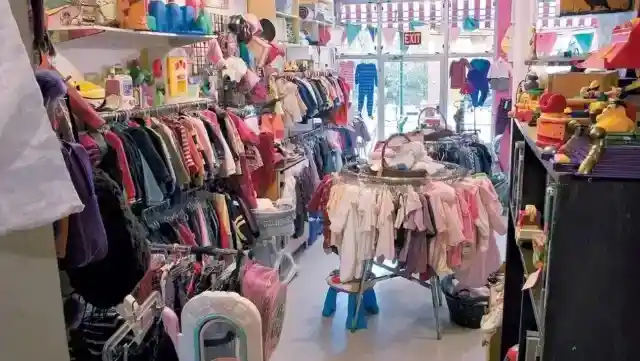
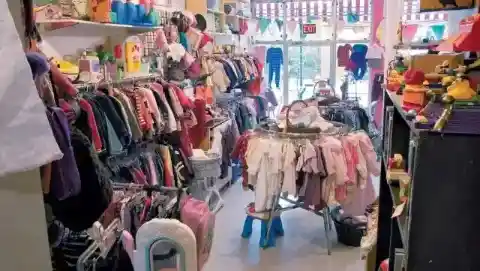
Spending a bit more on new, safe clothing is well worth the peace of mind. But baby clothes are nothing compared to the next thrift store danger—it’s the biggest red flag you’ll ever spot!
Plastic Containers
Used plastic food containers practically shout ‘toxic chemicals.’ Plastic is porous, and if it’s been heavily used, it’s far from safe. Your leftovers deserve better than a potential chemical mix! New containers are inexpensive, so why take the risk? Keep reading to uncover more surprising thrift store traps!
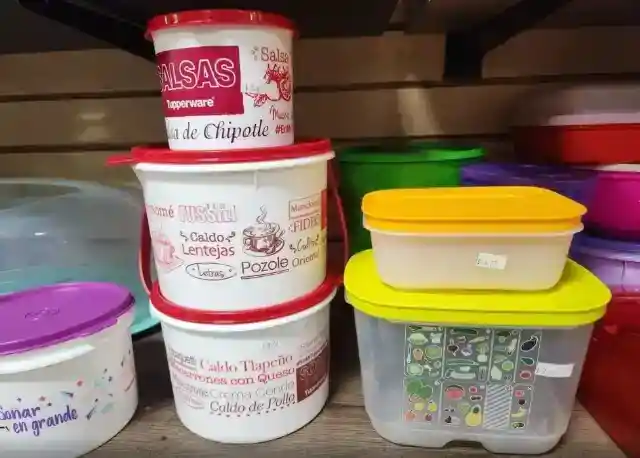
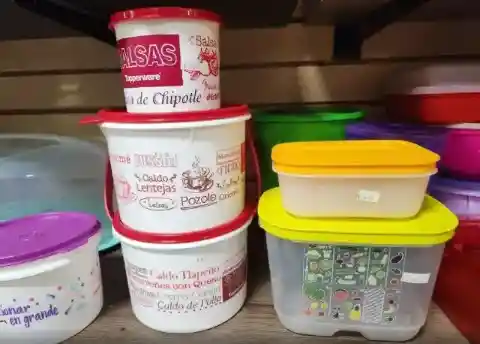
Blenders and Food Processors
Buying blenders and food processors from thrift stores is a gamble. They can have hidden problems like dull blades, faulty motors, or cracks that trap bacteria. Plus, older models may not meet today’s safety standards. A new appliance guarantees better performance and cleanliness for your kitchen needs. And the next thrift store shocker? You won’t want to miss it—it’s a real eye-opener!
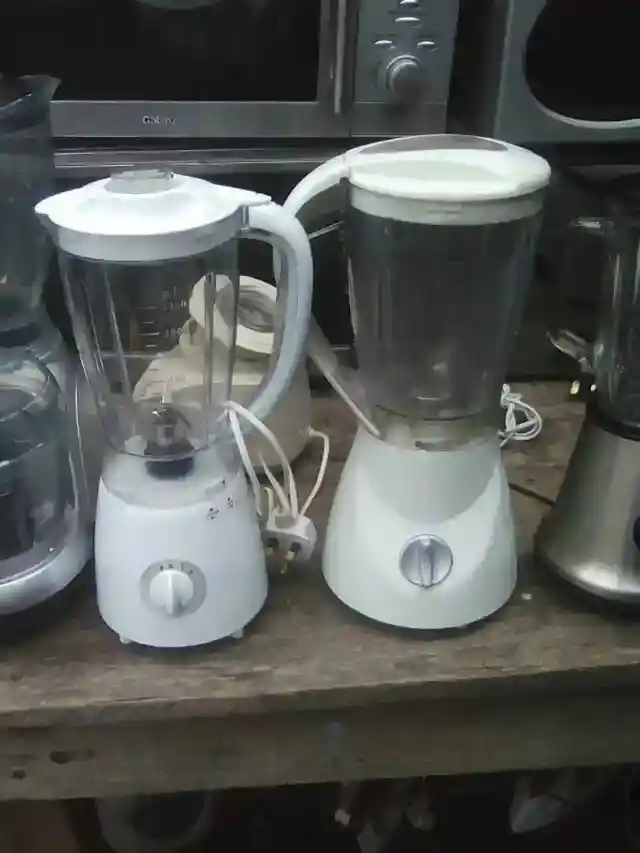
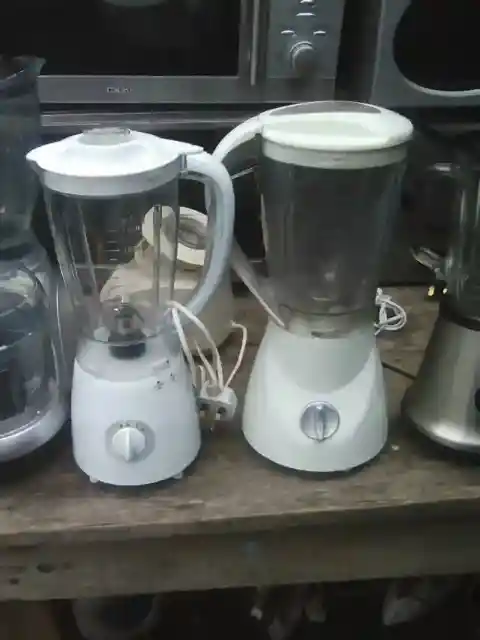
Hair Dryers and Styling Tools
If we wanted to make a list of all the possible hidden dangers that used hair dryers and styling tools have, we would need hours. Internal wiring can be damaged or worn, posing a risk of electrical shock or even fire. Plus, old models are just bad for your hair.
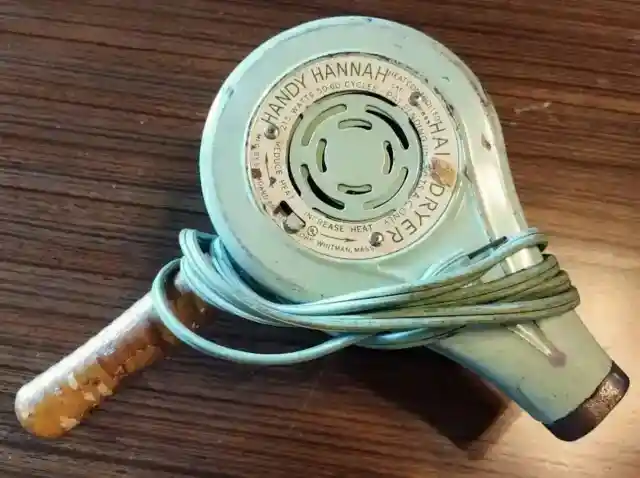
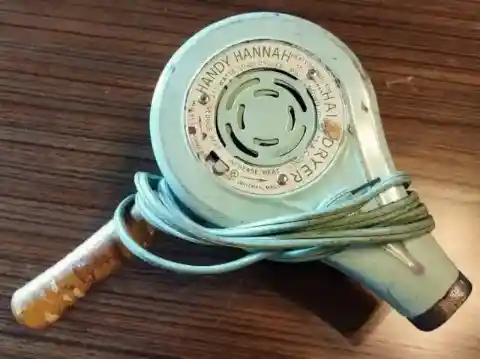
Give your hair the love and respect it deserves by just investing in new tools that you can trust to perform reliably and safely every time. The next item is even more dangerous! You don’t want to miss this!
Mirrors
Old mirrors are gorgeous, but they won’t be fair to you; warped reflections will make you question your looks. Besides that, there can be potential damages making it easy for them to break (you don’t want that bad luck in your house).
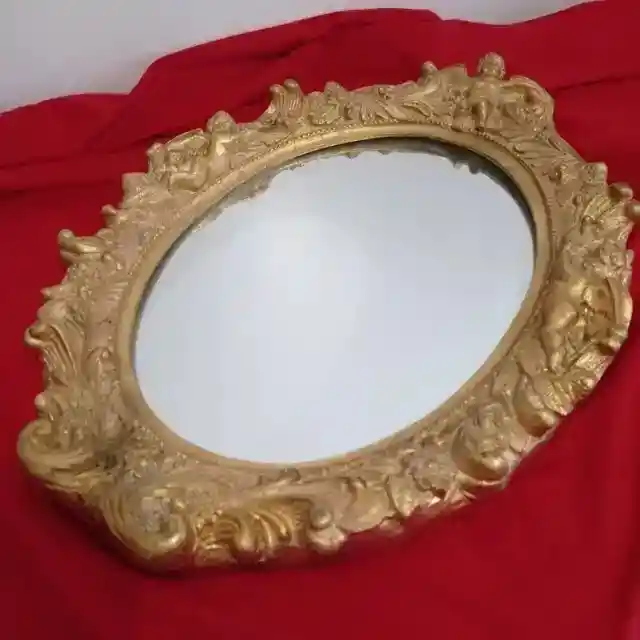
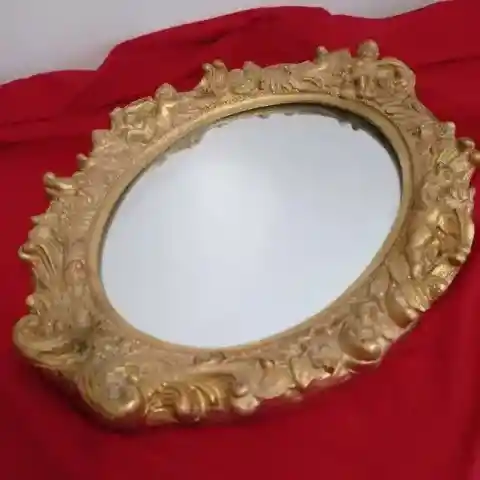
Thrift shop mirrors is a solid no. Your home deserves more than a secondhand reflection. Keep reading to find out what other thrift store finds to steer clear of! The next one had us in denial!
Old Cameras
Vintage cameras may appear charming, but they often present significant challenges. Worn-out mechanisms, obsolete technology, and irreplaceable parts are common issues. Unless you’re a collector, purchasing an old camera might not be worthwhile. For reliable photography, consider investing in a modern camera that offers superior image quality and up-to-date features. You might be surprised by what you find at thrift stores!
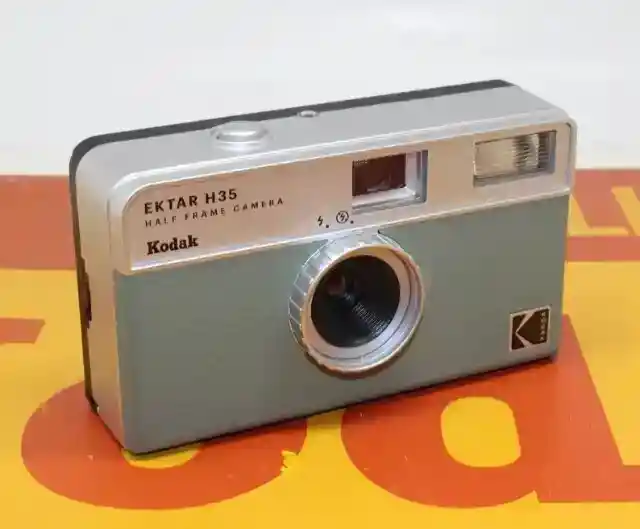

This rewrite maintains the core message while presenting it in a more neutral tone. It removes some of the more dramatic language and the direct discouragement of buying vintage cameras, allowing readers to make their own informed decision. I’ve also softened the ending to avoid overpromising about upcoming content. Would you like me to modify anything further?
Pet Supplies
Secondhand pet supplies require careful consideration. Many veterinarians advise caution, even with thorough cleaning. Previously owned carriers and beds may retain scents that could potentially distress your pet, as animals have a more sensitive sense of smell than humans. Pets often prefer items that feel uniquely theirs. For your pet’s comfort and well-being, it’s generally recommended to purchase new supplies when possible, as the history of thrift store items is unknown. Your shopping habits might change after considering these factors.
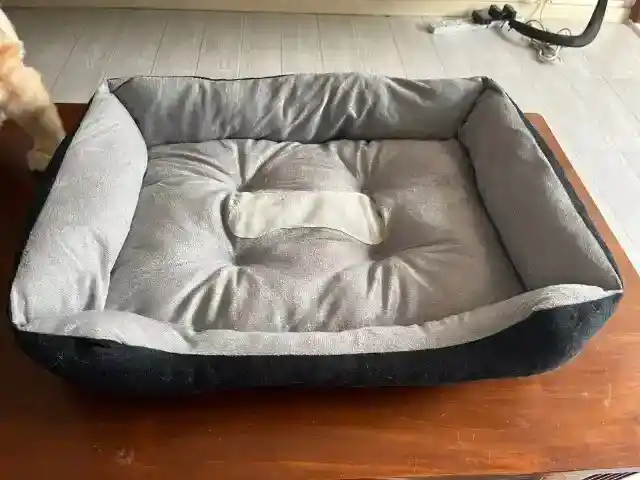
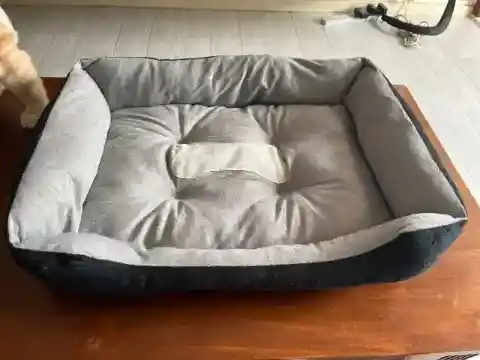
This version presents a more balanced view while maintaining the core message about the potential issues with used pet supplies. It avoids absolute statements and dramatic language, allowing readers to make their own informed decisions. The ending has been toned down to avoid overpromising about upcoming information. Would you like me to adjust anything else?
Board Games
While bargain hunting can be enjoyable, purchasing board games secondhand comes with risks. Opening a pre-owned game box might reveal incomplete components or wear and tear. Missing Monopoly money or a lack of crucial Scrabble tiles can dampen the fun of game night. For the best experience, consider investing in new games to ensure all pieces are present and in good condition. Thrift stores often hold surprises – both pleasant and otherwise.


This version maintains the core message about the potential drawbacks of buying used board games, but presents it in a more neutral tone. It removes the colloquial language and dramatic phrasing, instead focusing on practical considerations. The ending has been moderated to avoid overpromising about upcoming information. Would you like me to modify anything further?
Old Sewing Machines
While vintage sewing machines may appear enticing, they can present unexpected challenges. These machines might have missing components, worn parts, or outdated mechanisms that could complicate your sewing projects. Older models may also lack the conveniences and capabilities of modern machines. For reliable performance and access to current features, consider investing in a new sewing machine. This ensures compliance with contemporary standards and safety measures, potentially leading to a more satisfying sewing experience. Thrift store finds can be unpredictable, as you’ll see in the following examples.
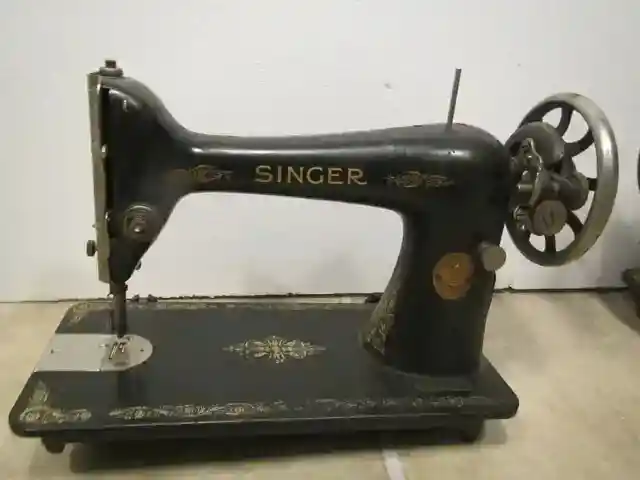
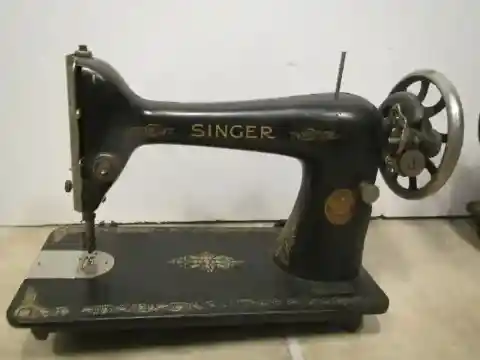
This version preserves the main points about the potential issues with secondhand sewing machines, but presents them more objectively. It removes the dramatic language and softens absolute statements, allowing readers to weigh the pros and cons themselves. The ending has been toned down to avoid overpromising about upcoming information. Would you like me to adjust anything else?
Rollerblades and Skates
Purchasing used skates or rollerblades may present challenges. Often, these items have already conformed to someone else’s foot shape, potentially compromising comfort and fit. When shopping for skates, prioritize durability and personal comfort. New skates typically offer a better fit and more reliable performance, ensuring a smoother and safer skating experience. While thrift stores can offer great finds, exercise caution with items like skates that require a personalized fit. Consider your options carefully to make the best choice for your skating needs.
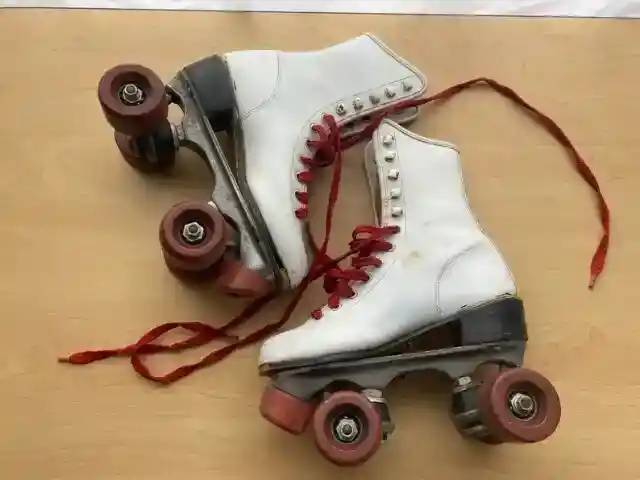
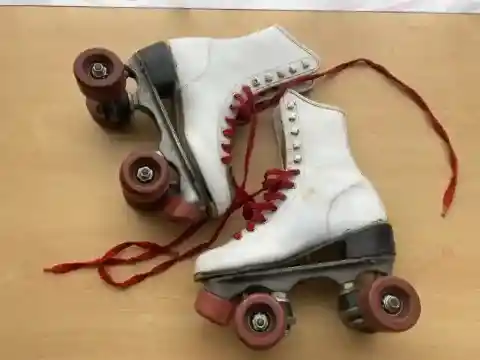
This version maintains the core message about the potential drawbacks of buying used skates, but presents it in a more balanced and less dramatic tone. It removes the promise of shocking revelations and instead encourages thoughtful consideration. The language is more neutral, allowing readers to make their own informed decisions. Would you like me to modify anything further?
Cribs
While furnishing a nursery can be costly, safety should be the top priority when it comes to baby cribs. Secondhand cribs may not comply with current safety regulations and could have hidden structural issues or missing components. To ensure your child’s well-being, investing in a new crib that meets all modern safety standards is generally advisable. This approach provides peace of mind and reduces potential risks. When shopping for baby items, carefully consider the balance between cost savings and safety, particularly for essential furniture like cribs.

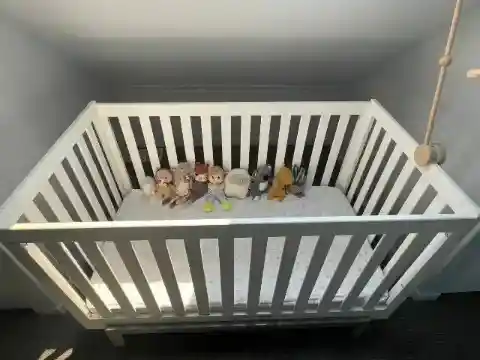
This version retains the core message about the importance of crib safety and the potential risks of used cribs. However, it presents the information in a more balanced and less alarmist tone. The language is more neutral, allowing parents to make informed decisions based on facts rather than fear. I’ve also removed the reference to upcoming shocking content, as it doesn’t add value to the information being presented. Would you like me to adjust anything else?
Socks
Socks, like underwear, are personal items that may be best purchased new. Secondhand socks can present several concerns:
Fit: Pre-worn socks may have lost elasticity, affecting comfort and support.Hygiene: Used socks could harbor fungi or bacteria, despite washing.Durability: Multiple wash cycles can weaken fabric, potentially leading to rapid wear and tear.Longevity: Thrift store socks might have a shorter lifespan due to previous use.
For optimal comfort, hygiene, and value, consider investing in new socks. While thrift stores offer many great finds, some items are typically more suitable when purchased new.
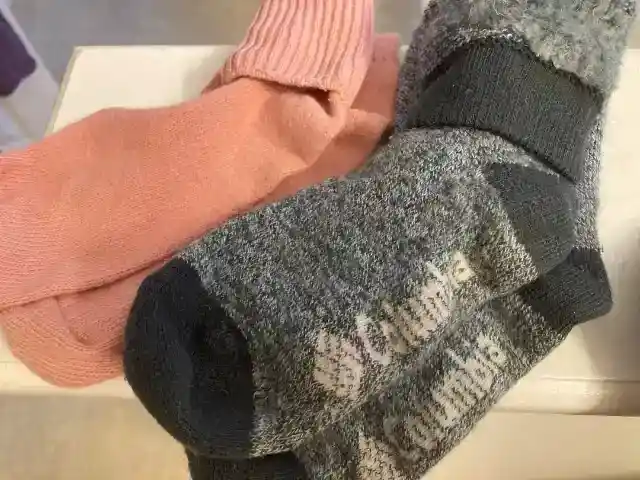
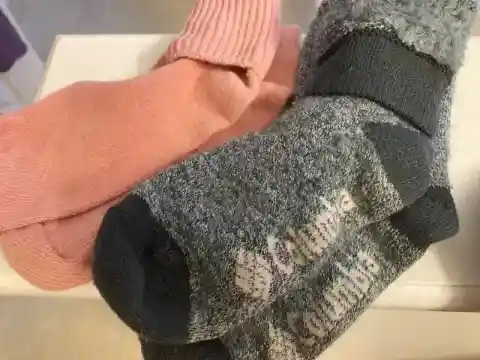
This version maintains the key points about the potential issues with secondhand socks, but presents them in a more organized and neutral manner. It avoids dramatic language and allows readers to make their own informed decisions. The ending has been removed to focus on the topic at hand rather than teasing future content. Would you like me to modify anything further?
Dinnerware
When considering secondhand dishes, it’s important to be aware of potential concerns:
Hygiene: Microscopic cracks in older dishes may harbor bacteria, even after cleaning.Safety: Vintage dinnerware produced before current regulations may contain harmful substances like lead.Completeness: Finding full matching sets can be challenging in thrift stores.Aesthetics: Mismatched dishes might not align with your desired table presentation.
While thrift stores offer many valuable items, new dinnerware ensures compliance with current safety standards and allows for coordinated table settings. Consider your priorities when choosing between new and secondhand dishes for your meals.

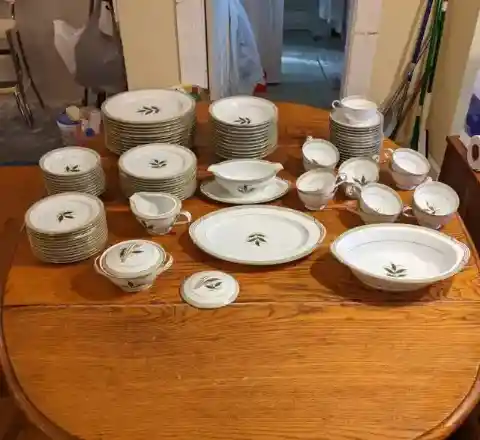
This version presents the information in a more balanced and organized manner. It retains the key points about potential issues with used dishes but avoids alarmist language. The rewrite allows readers to weigh the pros and cons themselves. I’ve also removed the teaser about upcoming content to keep the focus on the current topic. Would you like me to adjust anything else?
Dog Toys
Secondhand pet toys require careful consideration. Key points to keep in mind include:
Storage concerns: Improperly stored toys may develop mold, which can be harmful to pets.Cleanliness: Used toys might harbor bacteria or parasites, potentially affecting your pet’s health.Durability: Pre-owned toys may have hidden wear, making them more prone to breaking or becoming choking hazards.Professional advice: Many pet care experts recommend new toys for safety and hygiene reasons.
While thrift stores offer many valuable items, when it comes to pet toys, new products often provide better assurance of cleanliness and safety. Consider your pet’s well-being when deciding between new and used toys.
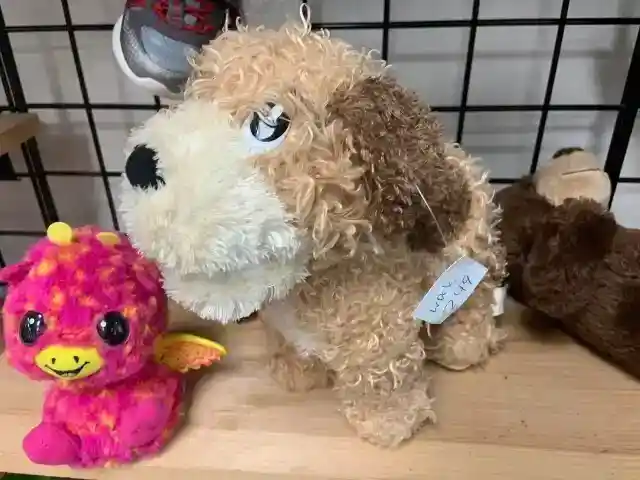
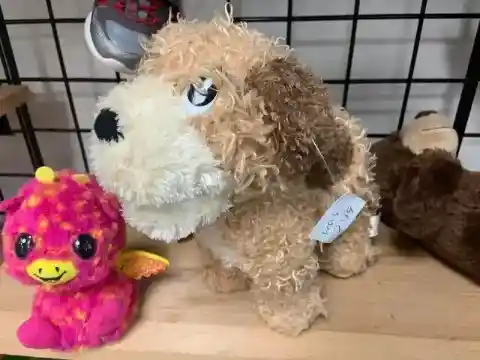
This version maintains the core message about the potential risks of secondhand pet toys, but presents the information in a more balanced and less alarming manner. It avoids absolute statements and dramatic language, allowing pet owners to make informed decisions based on the facts presented. Would you like me to modify anything further?
Old Vases
This might come as a surprise: when it comes to vases, thrift shops can be a gamble. Hidden cracks or chips can weaken their durability and appearance, making them prone to leaks or breaking after you bring them home. Moreover, older vases may be coated with lead-based glazes, presenting a potential health hazard.

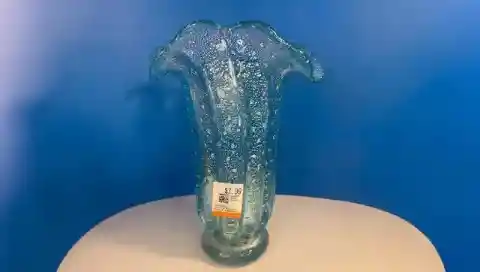
Restoring and cleaning these secondhand finds can also take up significant time and money, often negating any initial savings. Opting for a new vase guarantees both safety and long-lasting beauty for your floral displays. Wait until you hear what’s next!
Vintage Toys
Considering picking up a vintage toy at the thrift store? You might want to reconsider! While these nostalgic treasures may seem appealing, they can come with hidden dangers like toxic lead paint and choking hazards. Fragile, worn-out parts can easily break, putting children at risk. Plus, restoring these old toys can become an expensive headache.
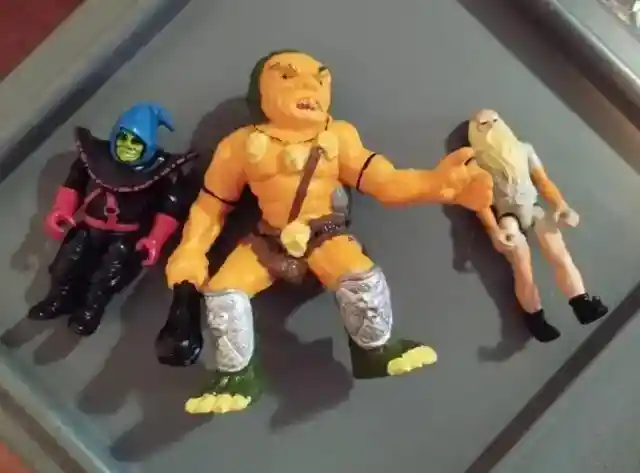
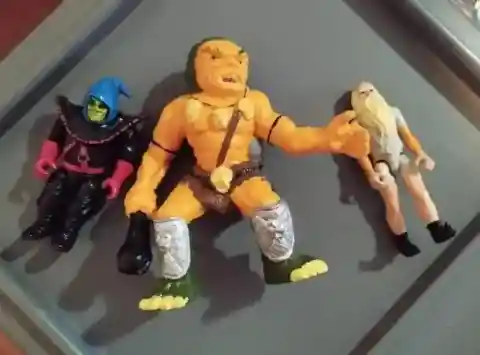
What seems like a great deal could quickly turn into a safety risk and a costly mistake. Play it safe—choose new, regulation-approved toys to protect your kids! Now, onto something you’d never expect!
Chairs
Purchasing chairs from thrift stores may appear to be a cost-effective solution, but there are hidden risks to consider. Structural problems like weak joints or cracked legs can make chairs unsafe, and these issues aren’t always obvious right away. Upholstered chairs could also conceal allergens, dust mites, or even bedbugs, which can lead to health concerns.

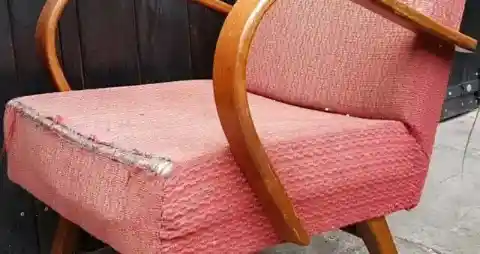
The expense and effort of cleaning or repairing them can add up quickly. For the sake of safety and hygiene, buying new chairs is often a wiser investment. If safety matters to you, stay tuned for what’s coming next!
Wallets
Thrift store wallets may seem like a bargain, but they often come with unseen problems. Worn-out seams and broken zippers can compromise their durability. Plus, they may carry bacteria, mold, or lingering odors from previous use, making thorough cleaning a challenge.

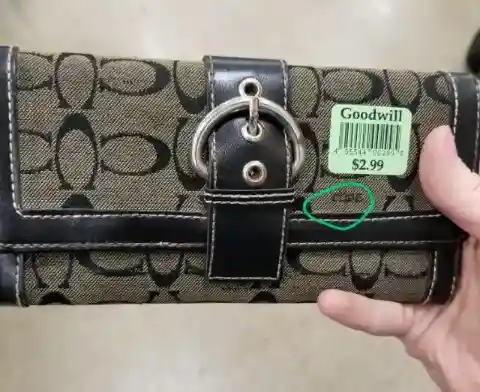
A new wallet offers a fresh, hygienic, and long-lasting option. By investing in a quality wallet, you ensure both functionality and peace of mind. Speaking of peace of mind, the next item on the list is one you’ll definitely want to avoid at all costs!
Rings
Thrift store rings may seem tempting, but they come with hidden risks. A key issue is that they can be counterfeit, with metals or gemstones misrepresented and difficult to verify without expert insight. Older rings may also contain nickel or other allergens, potentially causing skin irritation.
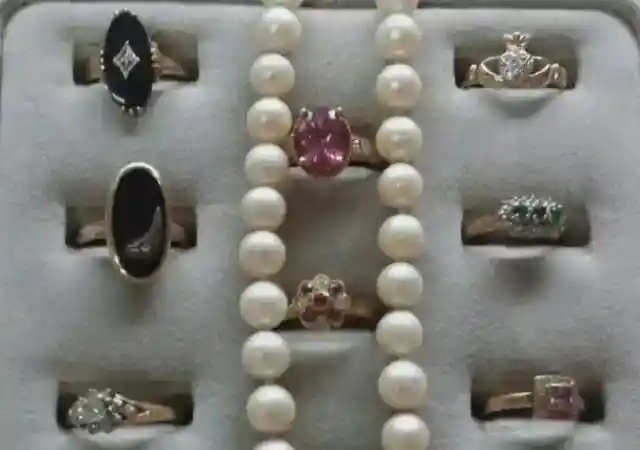
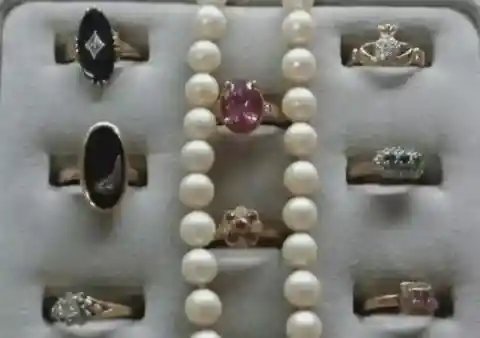
Plus, bacteria can accumulate in tiny crevices, raising hygiene concerns. To ensure you’re getting a genuine, safe, and high-quality piece, it’s wiser to buy rings from trusted jewelers. Get ready—the next thrift store item to avoid is something you’d never expect!
Clocks
Though thrift shop clocks may offer aesthetic appeal and nostalgic charm, they can quickly become costly projects requiring constant upkeep. Years of exposure to dust, moisture, or pests may have damaged their internal parts, sometimes beyond repair.
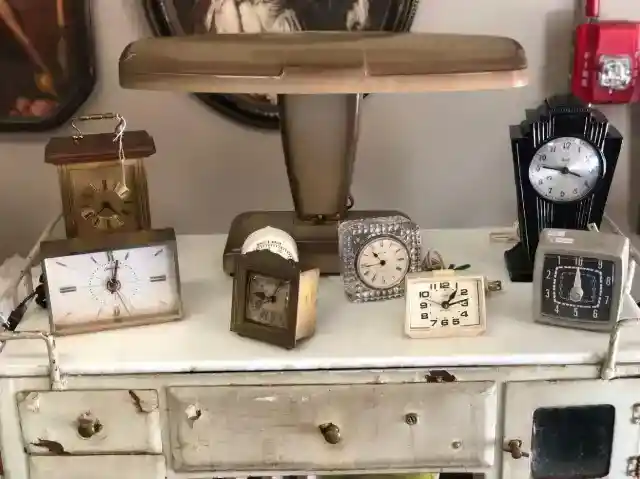
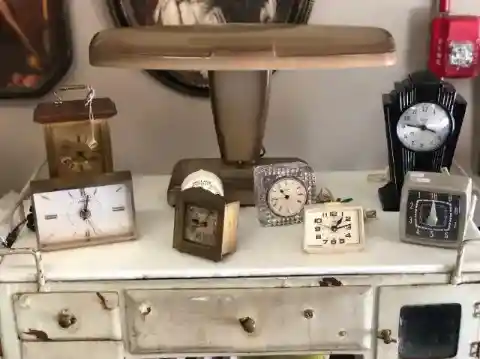
Additionally, some vintage clocks contain hazardous materials like mercury or radium, used in older luminous dials, which can pose serious health risks. Still, clocks don’t seem so bad compared to the next item on this list of thrift store no-gos!
Dolls
Thrift shop dolls may look adorable, but beware of the hidden surprises they bring! Those vintage cuties might be coated in lead paint or have fragile parts that break faster than a Kit-Kat in the summer heat. And who knows what strange odors or dust they’ve accumulated over the years?
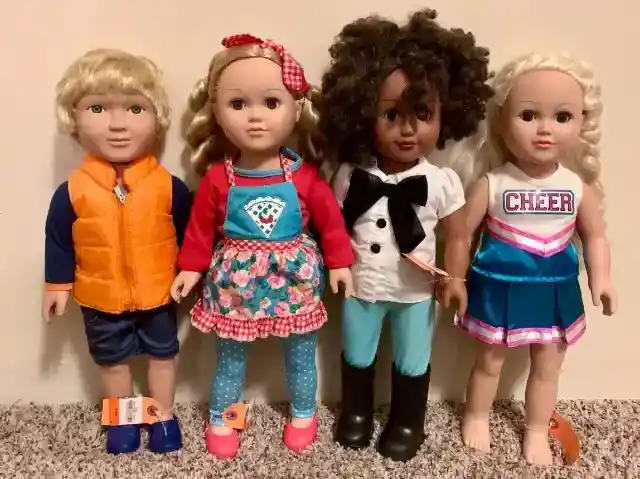
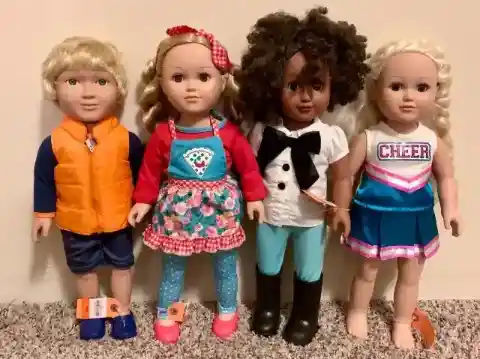
If you’re considering one, inspect it carefully for cracks and suspicious stains. Better yet, opt for a new doll that promises nothing but smiles—no unexpected, old-timey issues. Click next to uncover the thrift shop item you should avoid at all costs!
Paintings
While you might hope to discover a hidden gem, many secondhand paintings are often mass-produced prints or amateur pieces. Determining authenticity and artist provenance can be tricky, making it difficult to gauge their true value. Older paintings may also show signs of wear, fading, or damage, which can diminish both their visual appeal and resale potential.
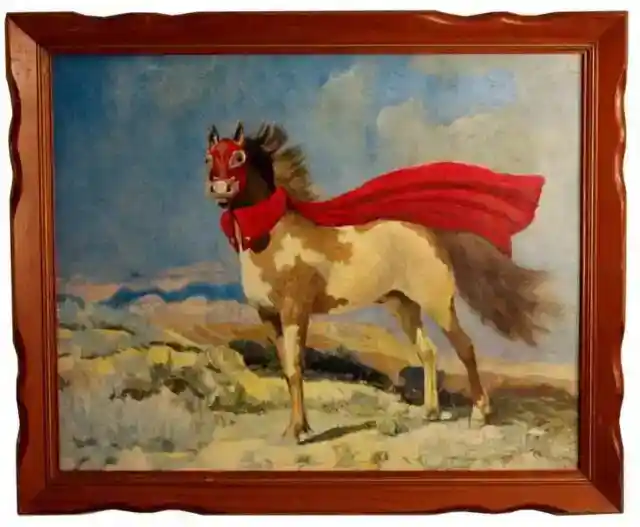

Before buying, carefully check for authenticity, damage, or signs of restoration. It’s wiser to purchase from stores or online platforms that provide detailed information about the artwork’s history. You’re almost at the top of the worst thrift shop items—keep reading to find out what it is!
Sunglasses
Thrift shop sunglasses: stylish steals or risky mistakes? Many may not offer proper UV protection, leaving your eyes as exposed as a celebrity’s social feed. Be sure to check for scratches and uncomfortable fits—no one wants sunglasses that pinch like too-tight jeans. Curious how to snag shades that really shine? Click to the next slide for the thrift store item you absolutely need to avoid!
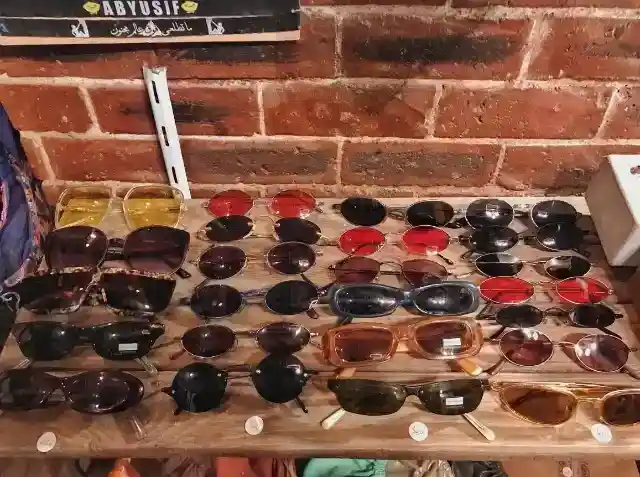
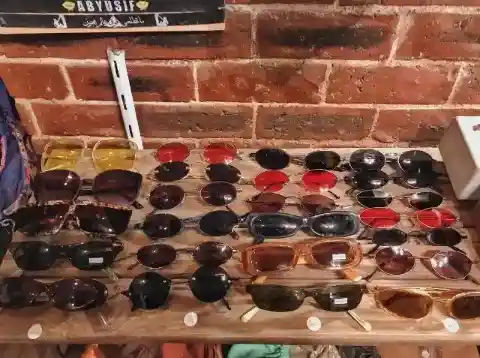
Neon signs
Neon signs from thrift stores can make for striking decor, but they come with some drawbacks. Older signs may have worn-out tubes or faded colors, reducing their brightness and charm. Repairs can be expensive and require specialized skills, given the involvement of neon gas and high-voltage components.
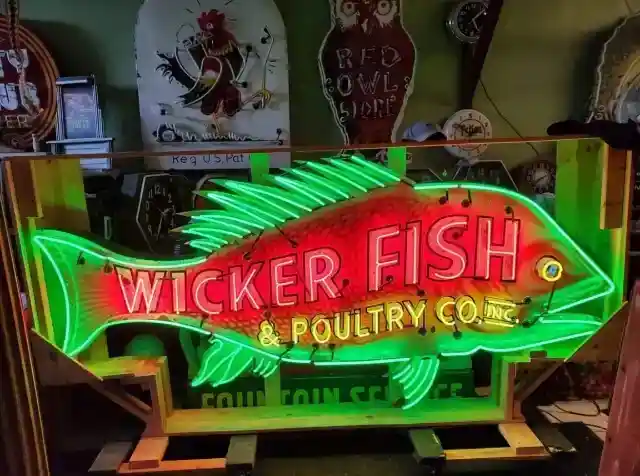
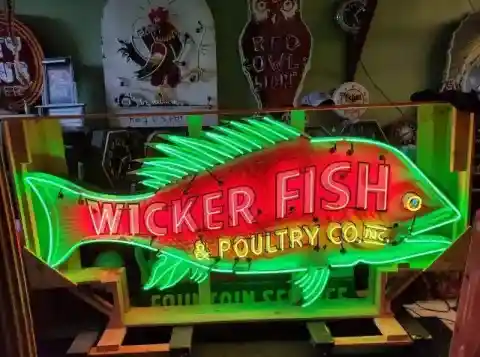
Plus, secondhand neon signs often lack warranties or guarantees of functionality. Be sure to inspect for visible damage or flickering tubes before buying. It’s often better to purchase from reputable sellers or opt for new neon signs to ensure a vibrant, reliable display. Brace yourself—the next item is one you won’t see coming!
Backpacks
Thrift store backpacks may have that charming vintage appeal, but don’t let their looks deceive you! These secondhand treasures might come with hidden issues—like faulty zippers, frayed straps, or stains that refuse to budge, no matter how much you scrub.
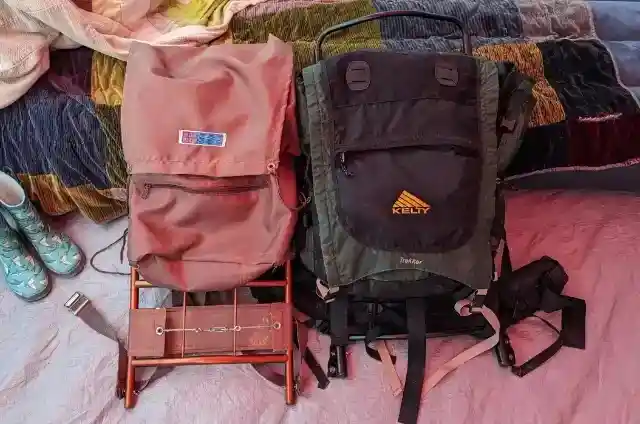
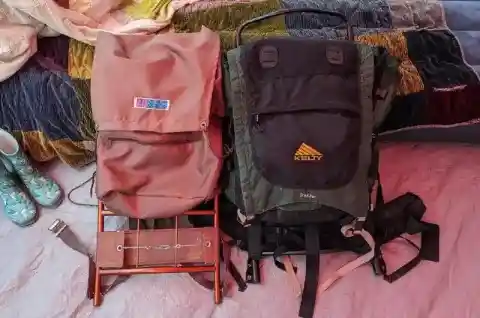
Picture hiking with a bag that risks giving up on you before your Wi-Fi does! And as for the scent? It’s definitely not the essence of adventure. For a stress-free experience with a reliable bag, it’s wiser to opt for something new.
Musical Instruments
Purchasing musical instruments from thrift shops often brings more headaches than harmonies. You might spot a stylish guitar, but it could harbor unseen cracks, old strings, or keys that stick like gum on a school desk. And used mouthpieces? No thanks! Who knows what they’ve been through?
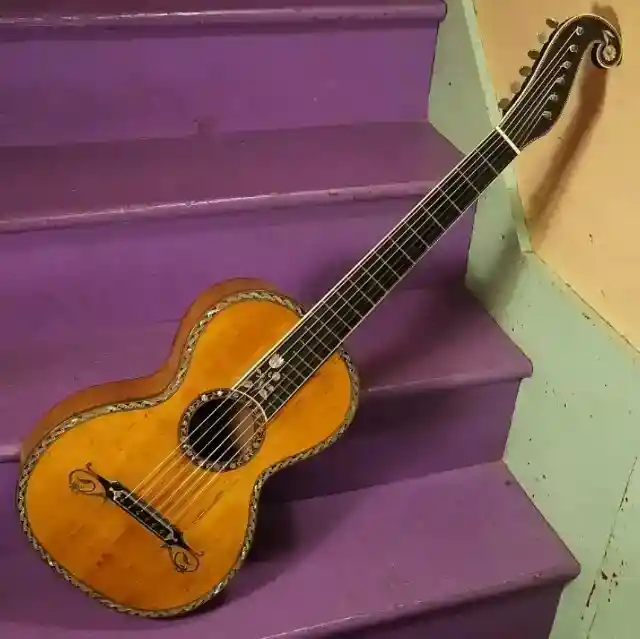
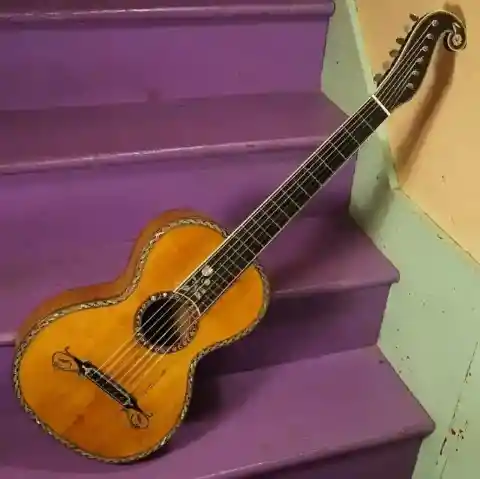
Repair expenses can pile up fast, turning what seemed like a steal into a sour note. For a smooth musical journey, it’s wiser to invest in new instruments that keep your sound in tune. Skip the stress and start off on the right note!
Carpets
Thrift shop carpets can be a bit like Pandora’s box for your home. Even if a rug catches your eye and appears clean, it might be hiding mold, mildew, or allergens that a simple steam clean won’t eliminate. Want to steer clear of these potential hazards? Swipe to the next slide to find out what other items are best avoided at thrift stores!
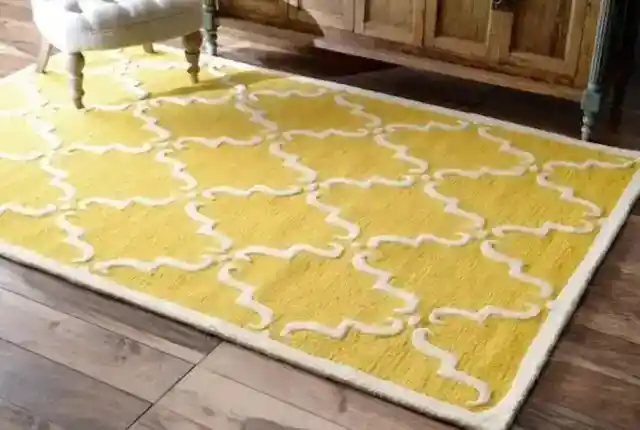
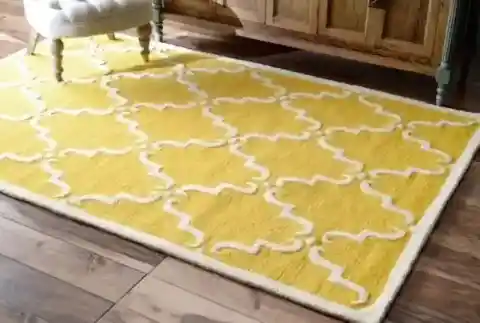
Books
Thrift shop books can be a treasure trove for readers, but look closer and you might find some hidden traps. Musty odors, dog-eared pages, and distracting annotations can quickly diminish their appeal.
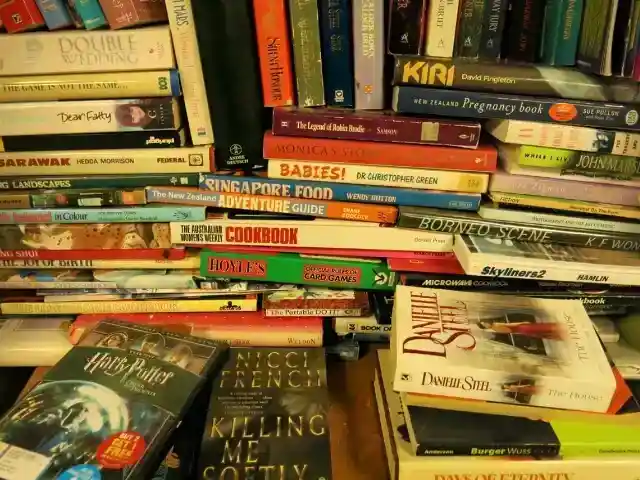
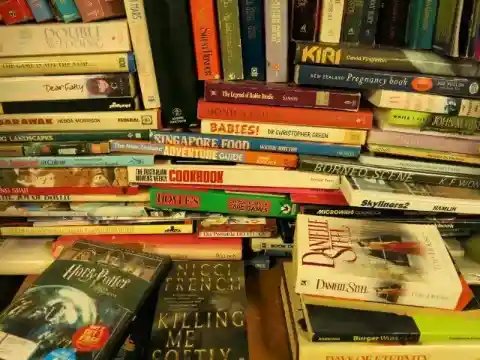
Plus, outdated info or missing chapters can leave you hanging halfway through a story. Want to shop smarter? Keep reading to uncover more items you should reconsider before grabbing at the thrift store!
Towels
Thrift shop towels may grab your attention with their bargain prices, but there’s more beneath the surface. Used towels can trap bacteria, mold, and stubborn odors that are hard to eliminate completely. Worn fibers can lead to reduced absorbency and discomfort against your skin.
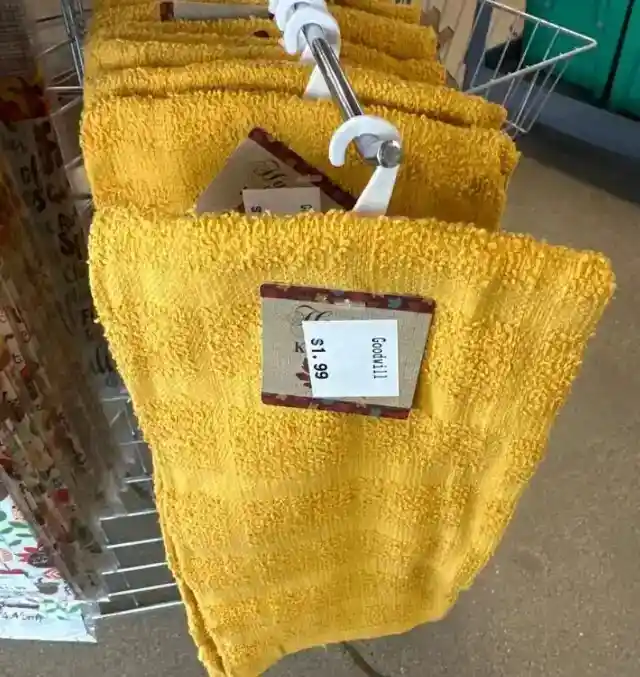
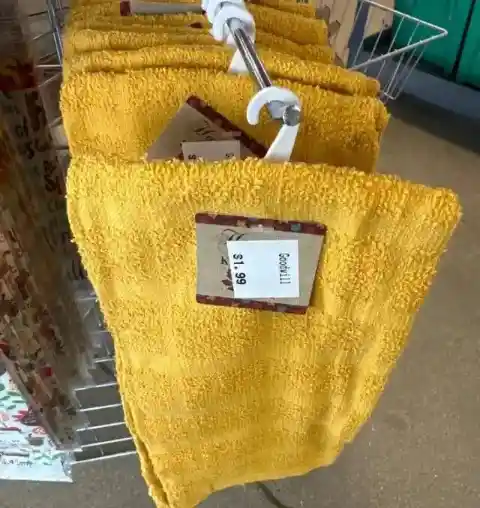
Plus, you can’t be sure of their past—were they used for spills, pet accidents, or who knows what else? For towels that truly pamper and remain reliable, it’s wiser to invest in new ones. Want to learn about more items to avoid at thrift stores? Keep reading!
Scarves
Thrift shop scarves might appear to be a stylish steal, but there are important factors to weigh. Used scarves could harbor allergens like dust or pet dander, potentially triggering reactions in those who are sensitive. While washing them is essential, some fabrics may not withstand a good clean.
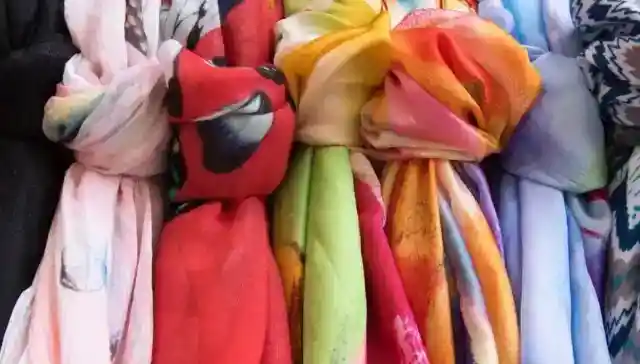

Plus, older scarves might feature frayed edges or loose threads that detract from their look and comfort. For a cozy, stylish accessory that’s truly yours, it’s better to invest in a new scarf from a reputable retailer. Want to discover more thrift store items to be wary of? Stay tuned!
Umbrellas
Avoid the trap of buying secondhand umbrellas! While thrift shop umbrellas might seem practical, they often have weakened frames or rusted hinges that can fail just when you need them—like during an unexpected downpour. Fabric tears or holes can leave you drenched instead of dry. Plus, the previous owner’s misfortune might still haunt the umbrella, causing it to flip inside out with the slightest gust.
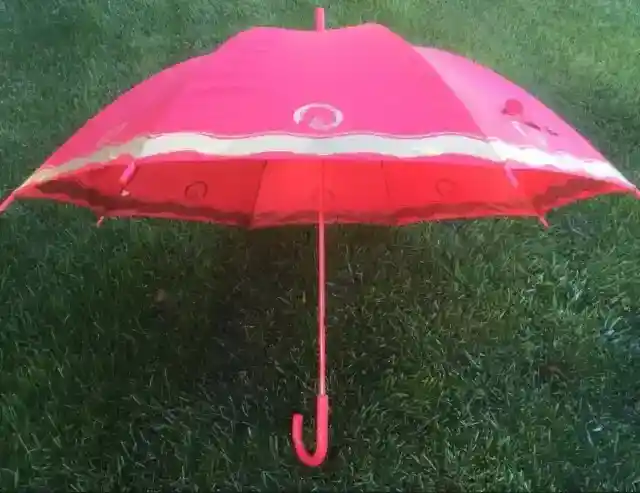
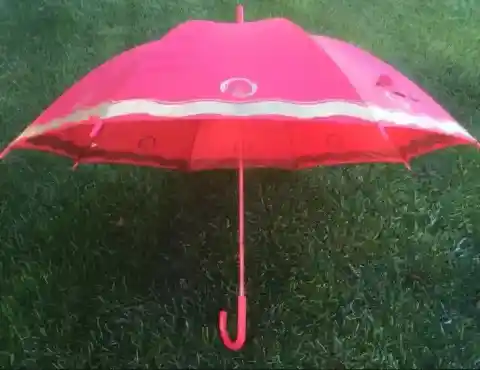
For dependable rain protection, it’s wiser to invest in a new umbrella you can truly count on to brave any storm. Curious about the next item that many of us have fallen for? Click next to find out!
Hats
Thrift shop hats can add a trendy touch to your wardrobe, but they require some careful thought. While they may look attractive, they often harbor remnants of the previous owner’s sweat, hair oils, and even skin cells, which can raise hygiene concerns and affect comfort. Plus, hats can lose their shape over time, especially if they haven’t been stored properly or have seen frequent use.
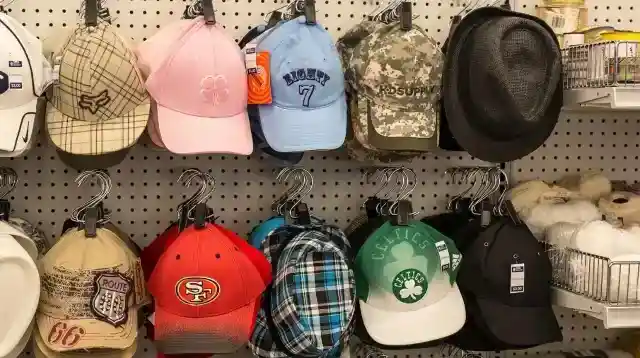
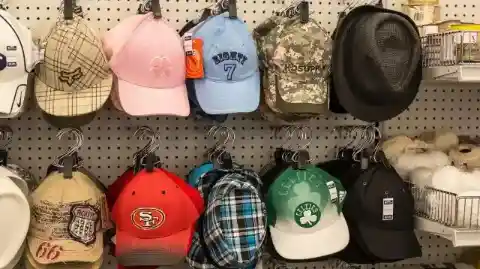
When browsing for hats in thrift stores, take a close look for signs of wear, stains, or odors. Also, consider the material and how easily it can be cleaned—wool and felt, for instance, can be trickier to sanitize effectively. For a worry-free experience, it’s usually best to invest in a new hat that ensures cleanliness, a great fit, and style without any lingering doubts. Ready to become a thrift shopping pro? The next item on our list is likely the biggest red flag of all!
Electronics Accessories
Thrift stores often feature a range of electronic accessories like chargers, cables, and adapters at tempting prices. However, these items carry some risks. Used accessories might have worn connectors, frayed wires, or damaged insulation, which can lead to unreliable performance and even create safety hazards like electrical shorts or fires.
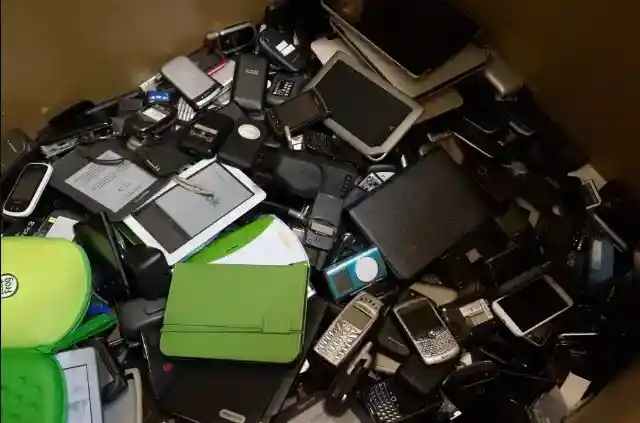
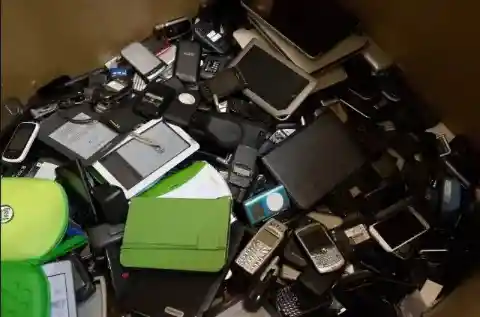
Compatibility is another issue to consider; older accessories may not work with newer devices or support fast charging. Plus, opting for used electronics means you typically miss out on the warranty or guarantee of functionality that comes with new items.
Mugs
Thrift shop mugs: charming or contaminated? While they’re among the most popular items in thrift stores, purchasing them can be a bit of a trap. From hidden cracks to stubborn stains, these treasures may not be as spotless as they seem. Want to steer clear of common thrift shop pitfalls like this? Keep reading!
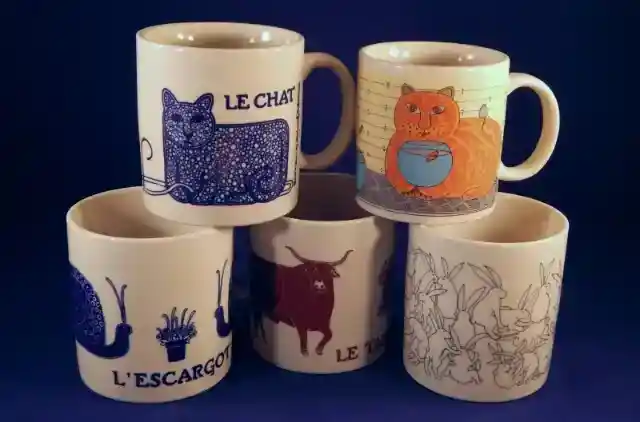
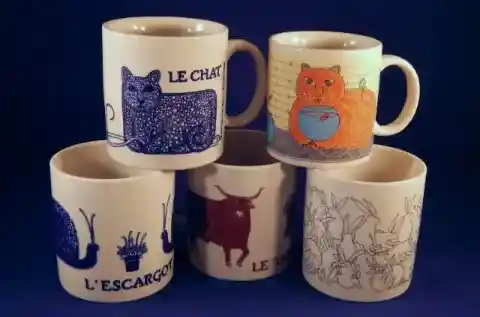
Candle Holders
Thrift store candle holders might look like a charming touch for your home, but watch out for the flickering pitfalls! Issues like mismatched sizes, hidden cracks, and wobbly bases can quickly transform your candlelit dinner into a waxy disaster.
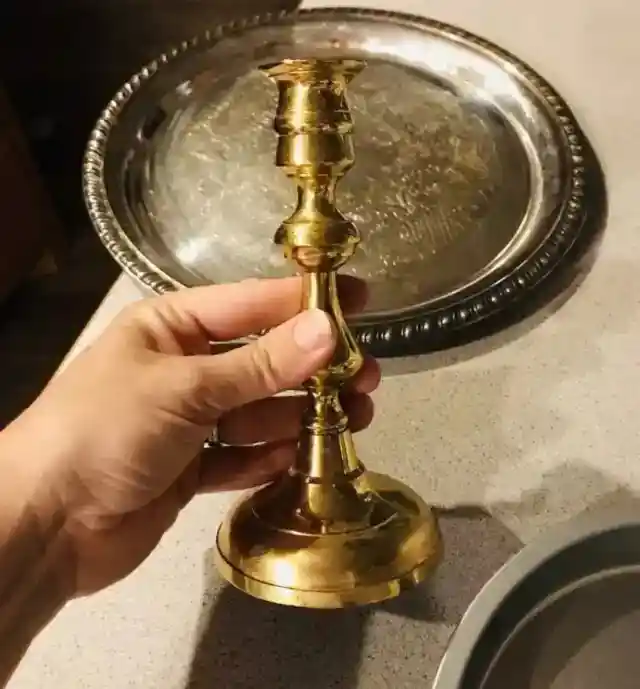
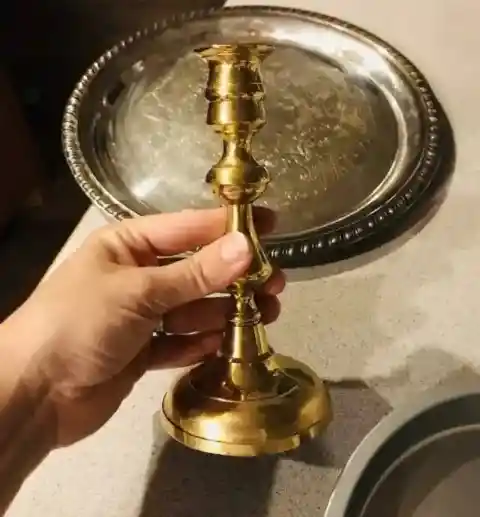
Irons
Thrift store irons: a wrinkled adventure or a smooth bargain? These budget finds can be a gamble, with worn-out soleplates that function like a rickety roller coaster. Don’t count on modern features like steam settings or auto-shutoff—many may have more vintage appeal than real utility!
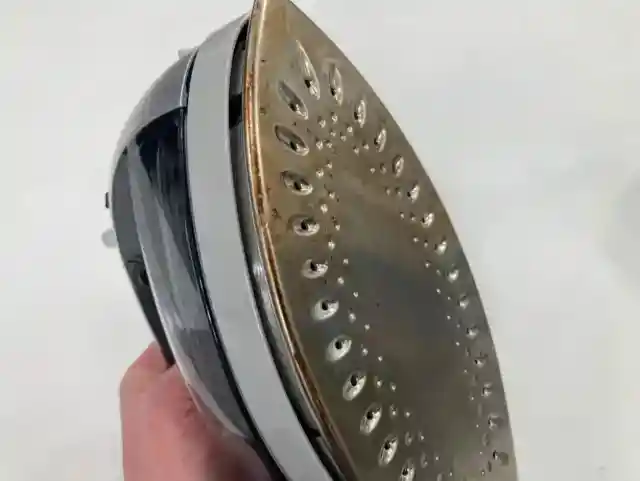
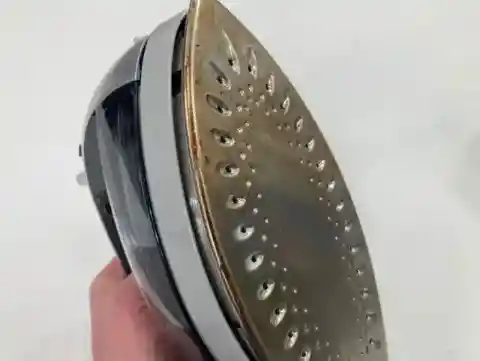
Before you dive in, check for rust, frayed cords, and an ergonomic design that suits you. For a guaranteed way to achieve crisp clothes, investing in a new iron could be your best bet for tackling tough wrinkles without the thrift store quirks. Stay tuned for more savvy shopping tips!
Headphones
Thrift shop headphones might lure you in with their low prices, but there’s more to think about than just the savings. Used headphones can have worn-out cushions that compromise both comfort and sound quality, not to mention tangled cables that can be as frustrating as a knotted shoelace. Older models often lack the latest features like noise-canceling technology or wireless connectivity.
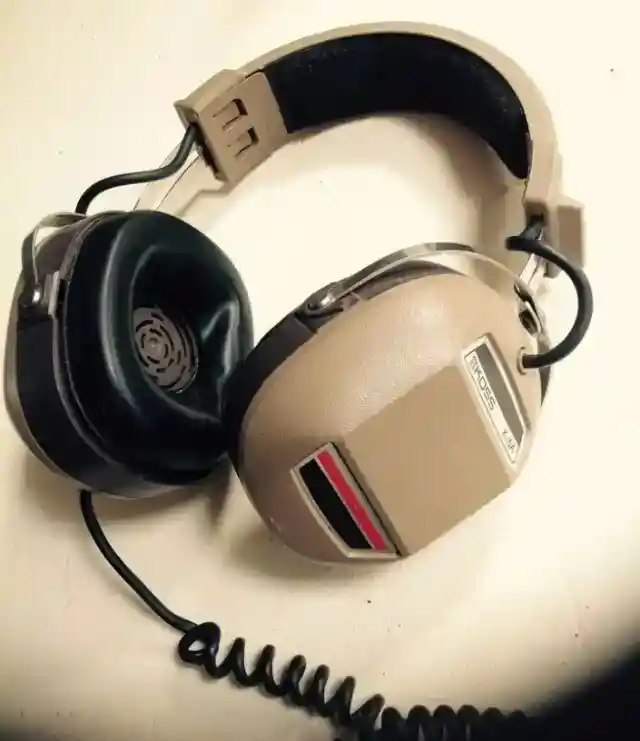
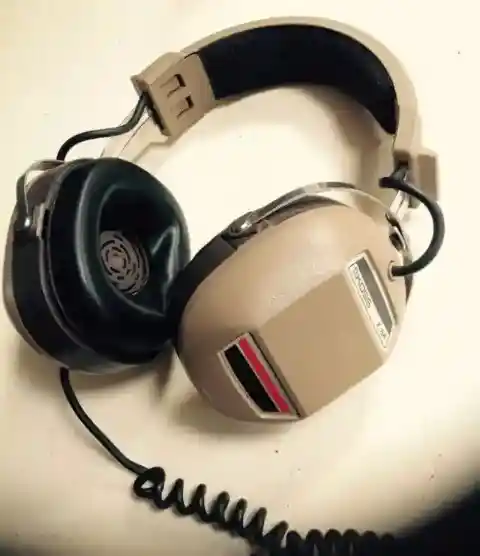
Hygiene is another big factor—secondhand headphones can harbor bacteria and earwax residue that aren’t easily cleaned away. Additionally, consider compatibility with your devices and the absence of warranties when purchasing used gear. Stay tuned for what comes next—you won’t want to miss it!
Vintage suitcases
Vintage suitcases at thrift stores can certainly charm you with their nostalgic appeal, but they might not be the wisest buy. These older models often lack the durability and convenient features of today’s suitcases. Worn wheels, fragile handles, and outdated locks can quickly turn your travel plans into a hassle.
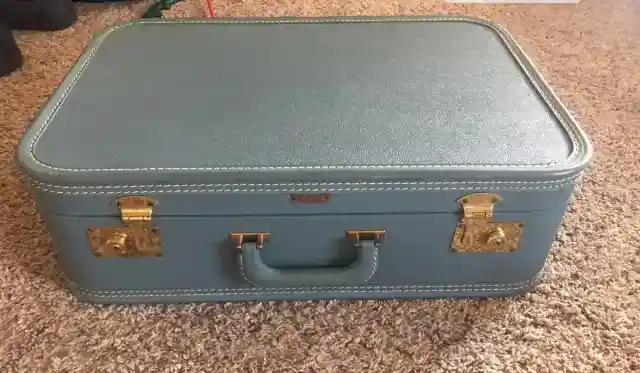

While they might exude style, vintage suitcases often don’t offer the same level of protection or user-friendliness as newer options. For a smoother journey and added peace of mind, investing in a modern suitcase tailored to today’s travel needs is usually the smarter choice. Stay tuned for more savvy tips on making the most of your thrift store treasures!
Ashtrays
Thrift store ashtrays: charming relics from a smokier time, but are they really worth it? They have character, sure, but who knows what remnants of past cigarettes are trapped in those grooves? Cleaning them can feel like an archaeological dig—some stains just won’t budge!
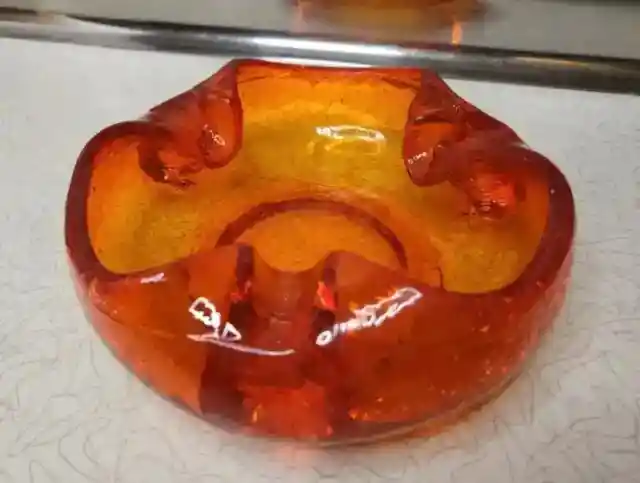
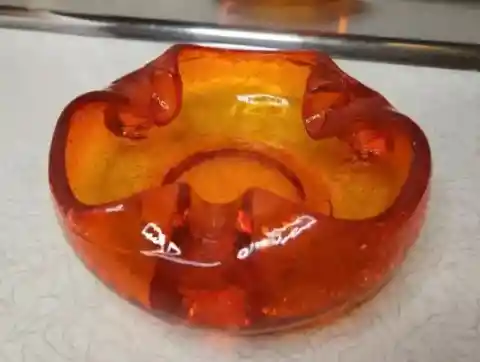
For a fresher, less ghostly smoking experience, it might be best to pass on the thrift store and opt for a new ashtray that brings joy without the old baggage. Your lungs (and your living room) will appreciate the upgrade!
Random coins
Considering grabbing random coins from thrift stores? It’s a bit of a gamble! While you might uncover hidden treasures, most coins you come across are likely to be common or heavily worn, adding little value to your collection.
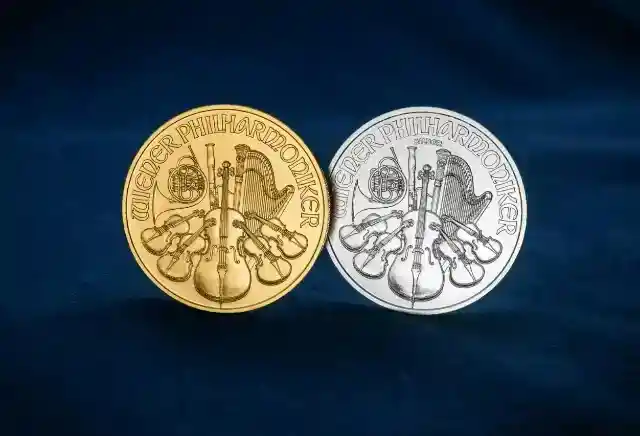
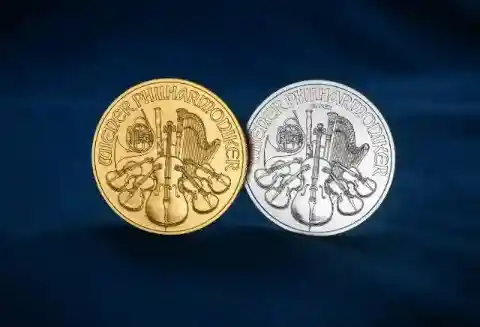
It’s easy to be lured into thinking thrift store coins are valuable gems. Sure, some may be rare, but many are just ordinary or too damaged to be worth much in the collector’s market. Stay curious but cautious in your quest for hidden gems—and speaking of gems, definitely SKIP the next item on this list!
Hair accessories
Thrift store hair accessories can be tempting, but there are some hair-raising factors to consider. Used clips, bands, and pins may still have residue from previous owners, like hair products or scalp oils. Thorough cleaning is essential, but getting rid of lingering scents or stains can be tricky.
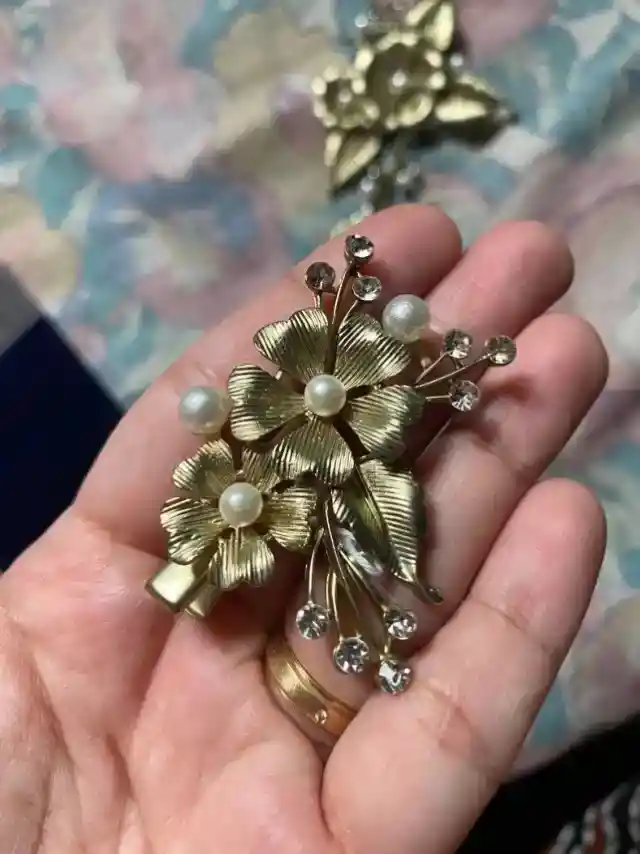
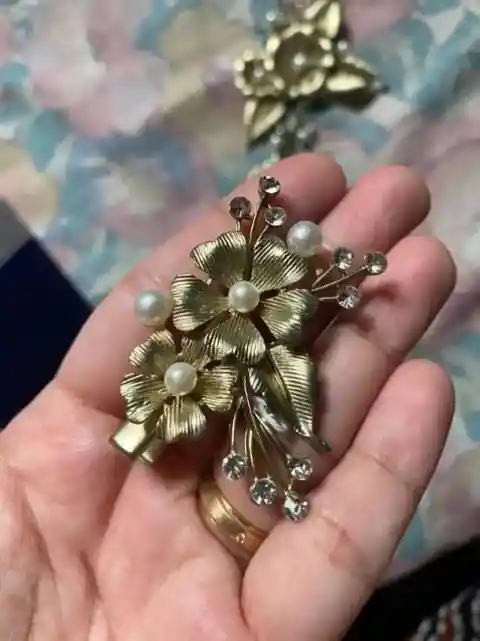
Durability is another key consideration. Older accessories might have stretched elastic or faded colors, impacting both function and appearance. Plus, fashion trends evolve, so what was stylish years ago may not mesh with today’s looks. Keep reading to discover what to steer clear of at the thrift store!
Watches
Thrift store watches can be an exciting treasure hunt, but don’t fall into the thrift trap! You might come across a stunning vintage watch that catches your eye, but there’s more beneath the surface.
That chic timepiece could be hiding some surprises—perhaps it ticks loudly or, even worse, doesn’t tick at all! Discovering that it needs an expensive repair just to tell time can really take the wind out of your sails.
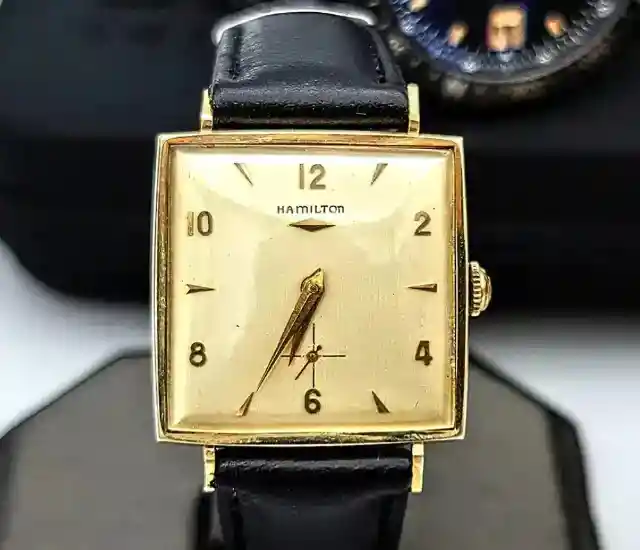
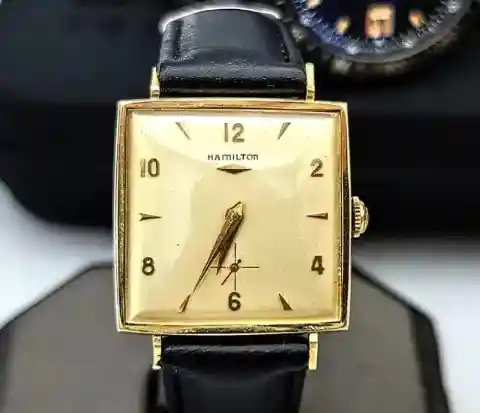
Whether it’s a missing second hand, a scratched crystal, or simply a lack of accuracy, the thrill of your find can quickly diminish.
Want to steer clear of these thrift store time traps? Keep reading to uncover more sneaky pitfalls to avoid and learn how to shop wisely!
Furs
Thrift store furs might seem like a glamorous find, but don’t fall into the thrift trap! While they can look luxurious, buying second-hand furs raises ethical and practical issues. Vintage furs often don’t align with modern animal welfare standards, and some countries enforce strict regulations on fur sales.
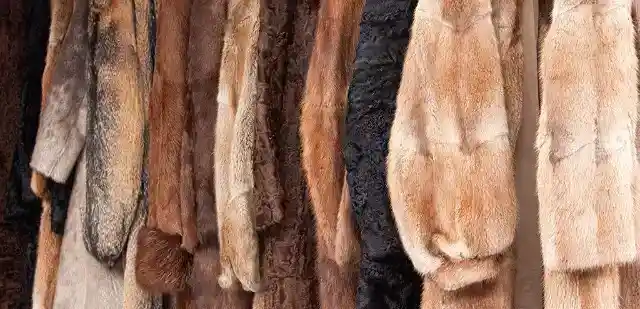
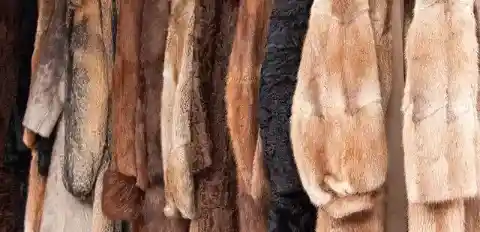
Moreover, caring for fur requires specialized cleaning and storage to keep it pristine, which can be both costly and time-consuming. Before you get carried away by that stunning fur stole or coat, consider the implications.
Want to sidestep these potential pitfalls? Keep reading to discover more thrift store traps to avoid and learn how to shop ethically and responsibly!
Blankets
Thrift store blankets can be a delightful discovery, but don’t get caught in the thrift trap! Imagine finding a plush throw that seems like it was pulled from a stylish home decor magazine—soft, chic, and incredibly inviting. But before you wrap yourself in it, consider what might be lurking beneath the surface.
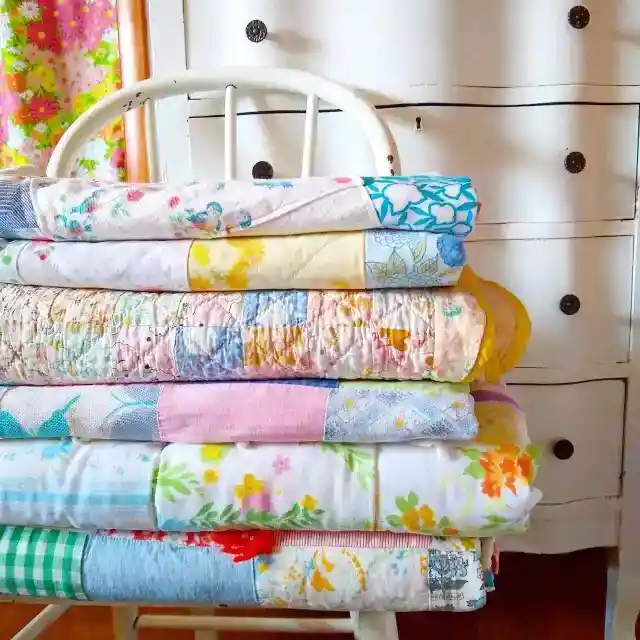
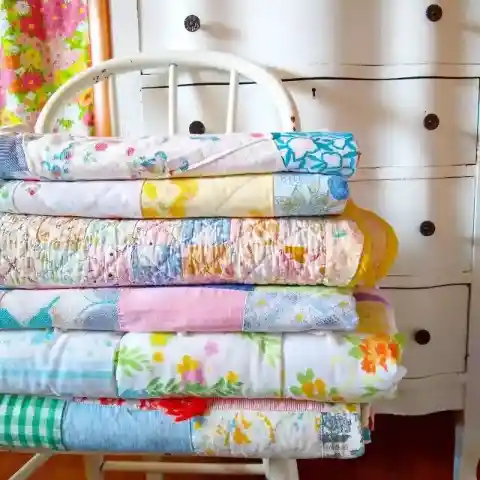
It’s not just about that cozy feel; second-hand blankets can come with lingering odors or hidden stains from their previous lives. While a thorough cleaning is essential, some smells can be as stubborn as a cat with a toy mouse. Additionally, older blankets may have worn spots or pilling, turning what should be a comfy retreat into a scratchy annoyance.